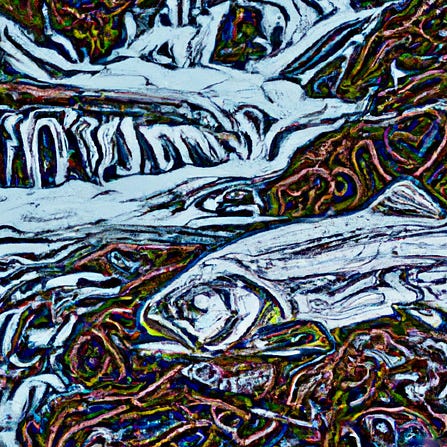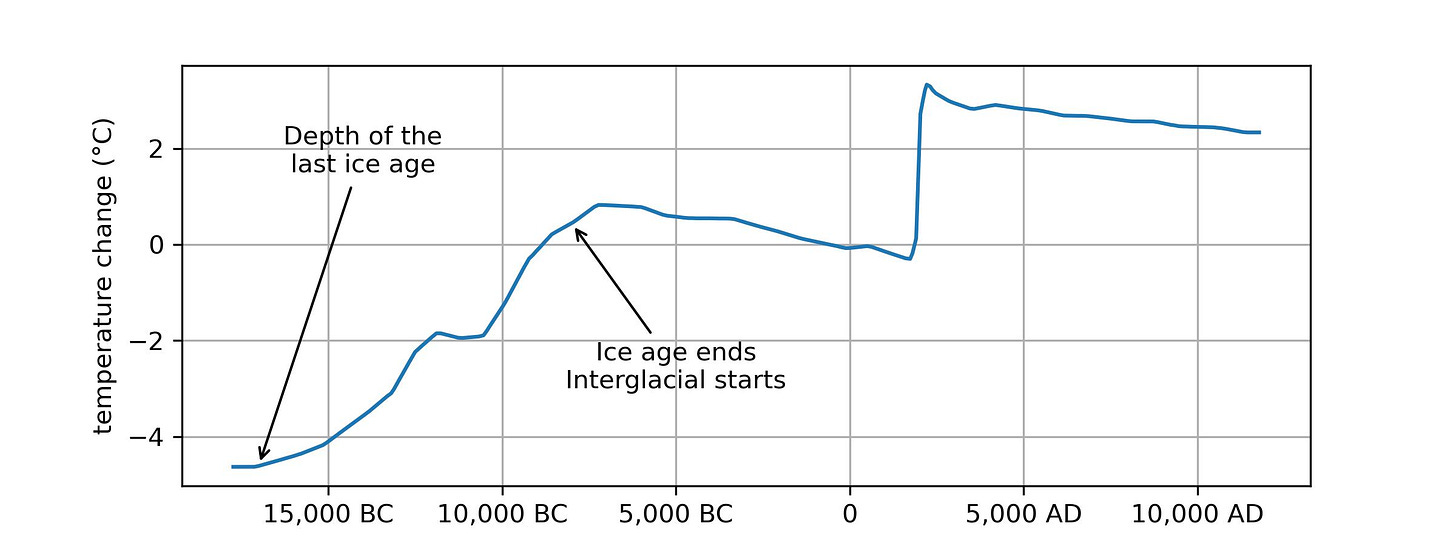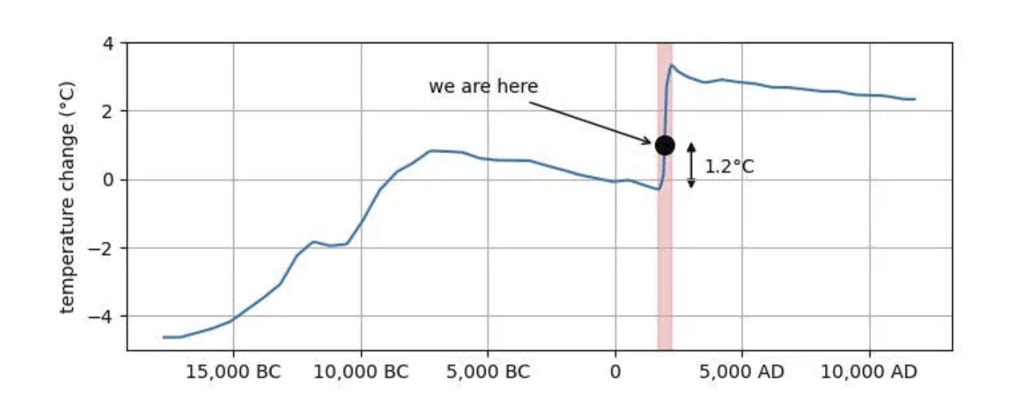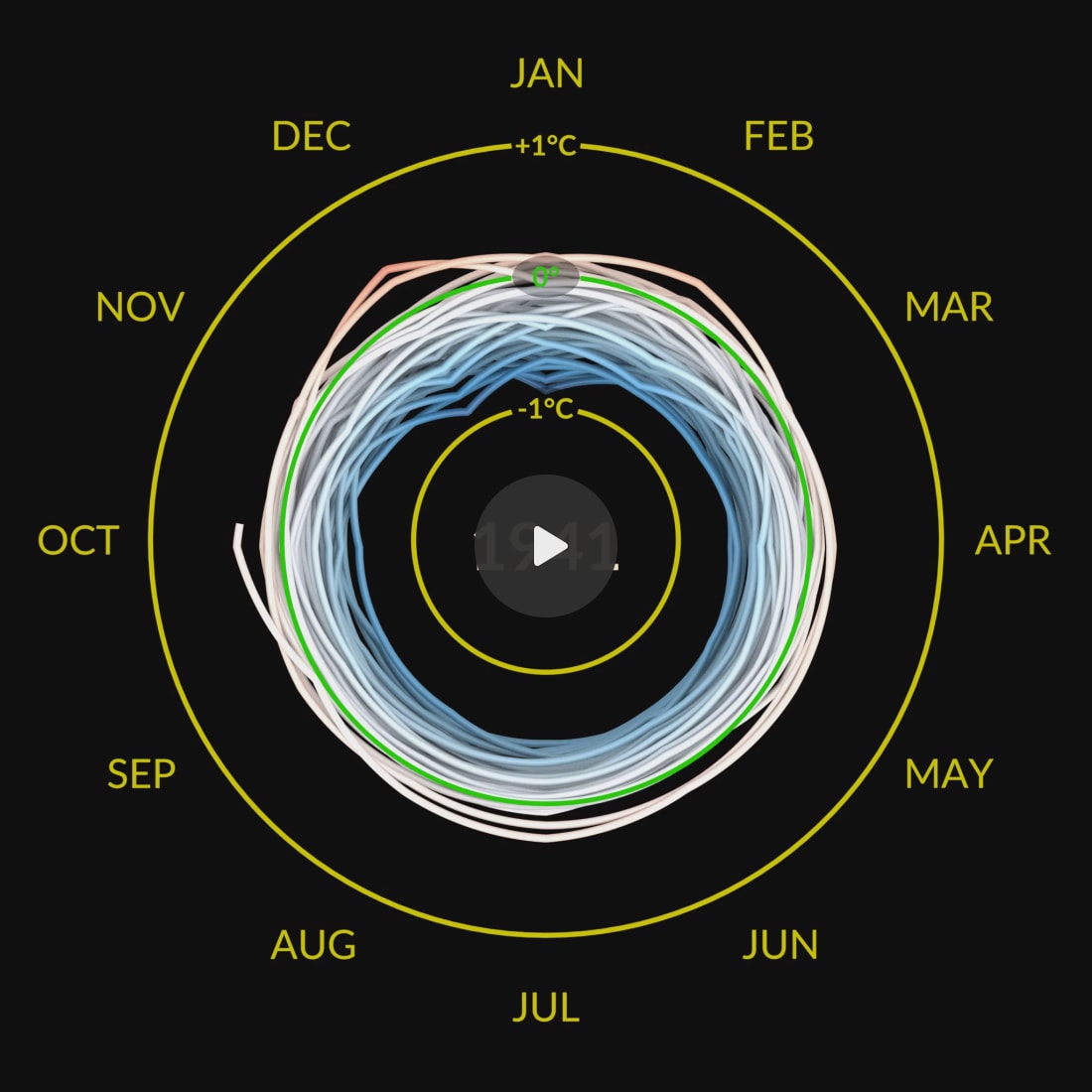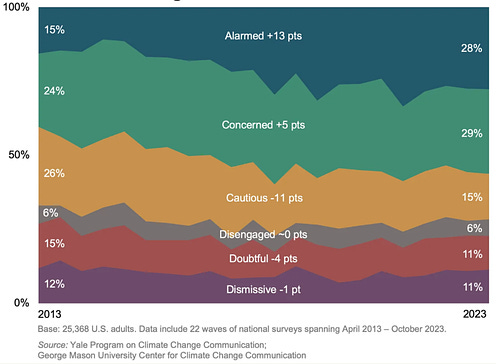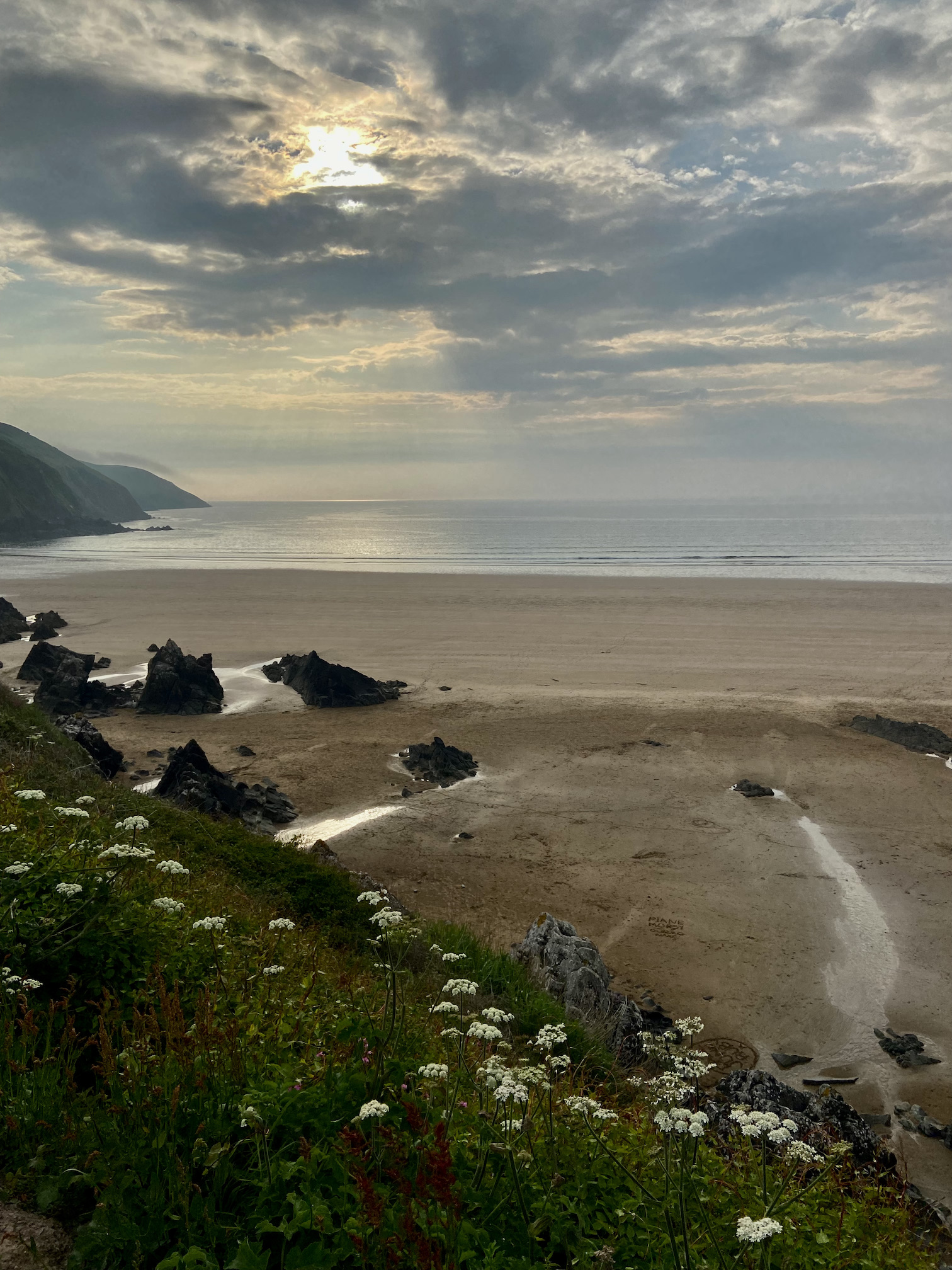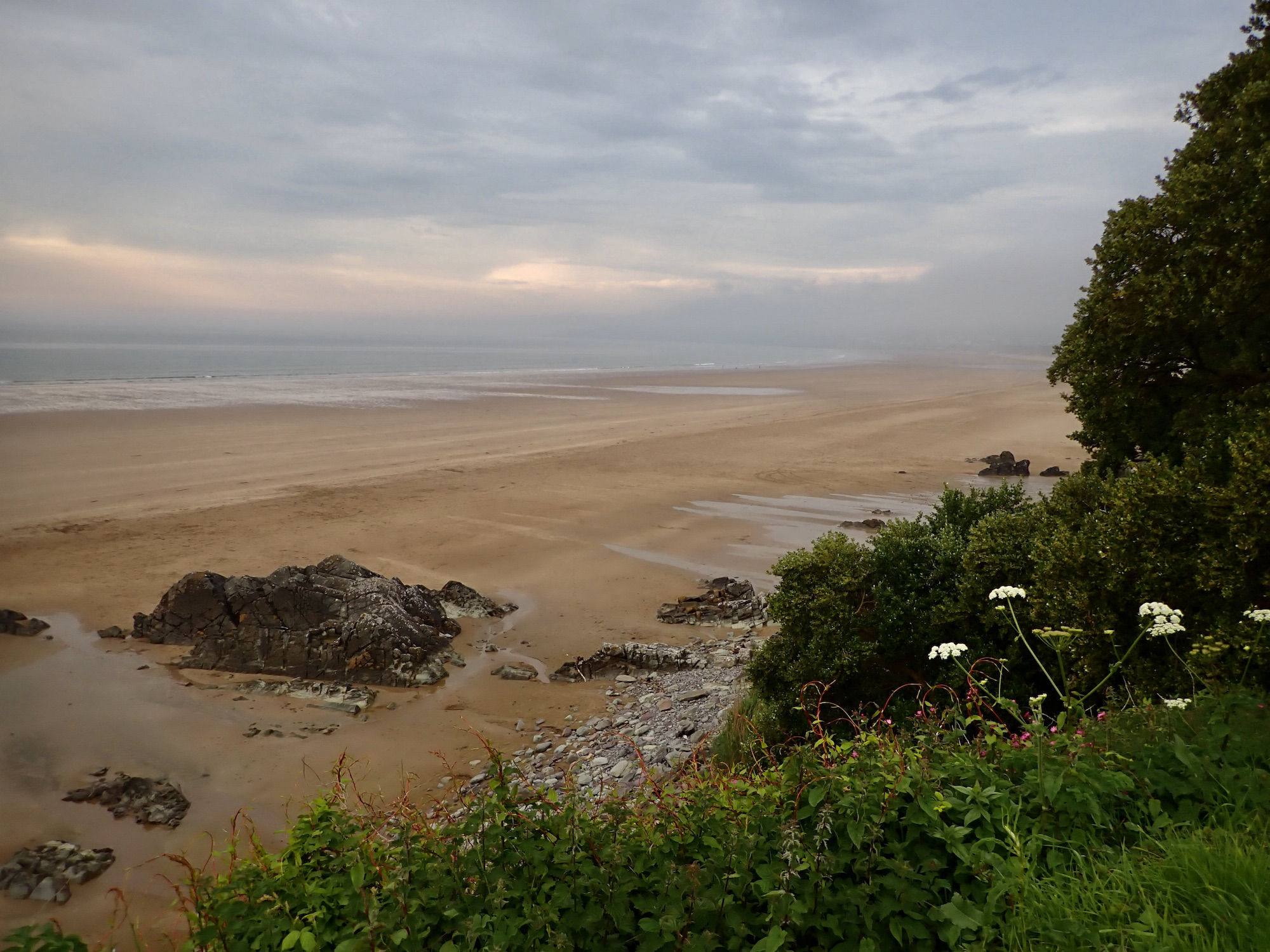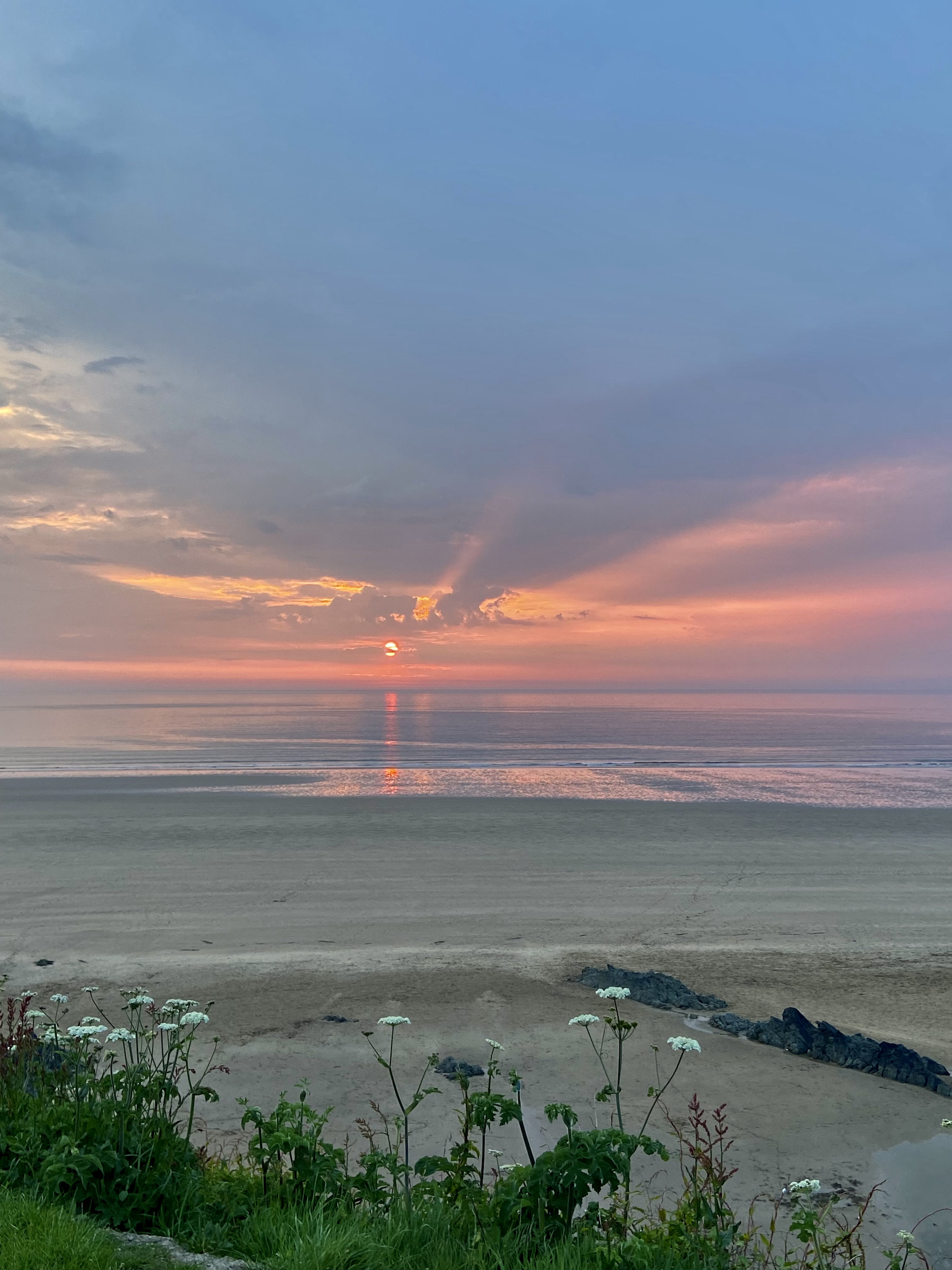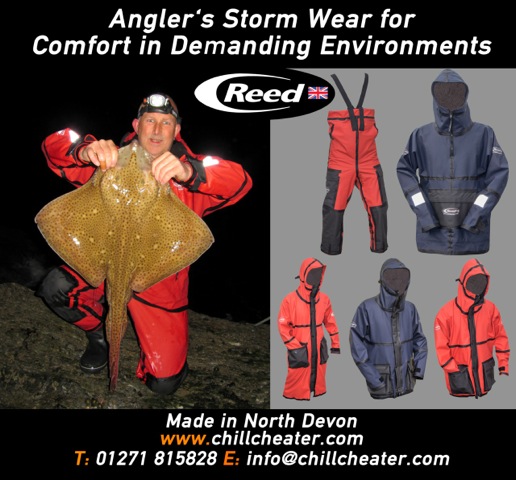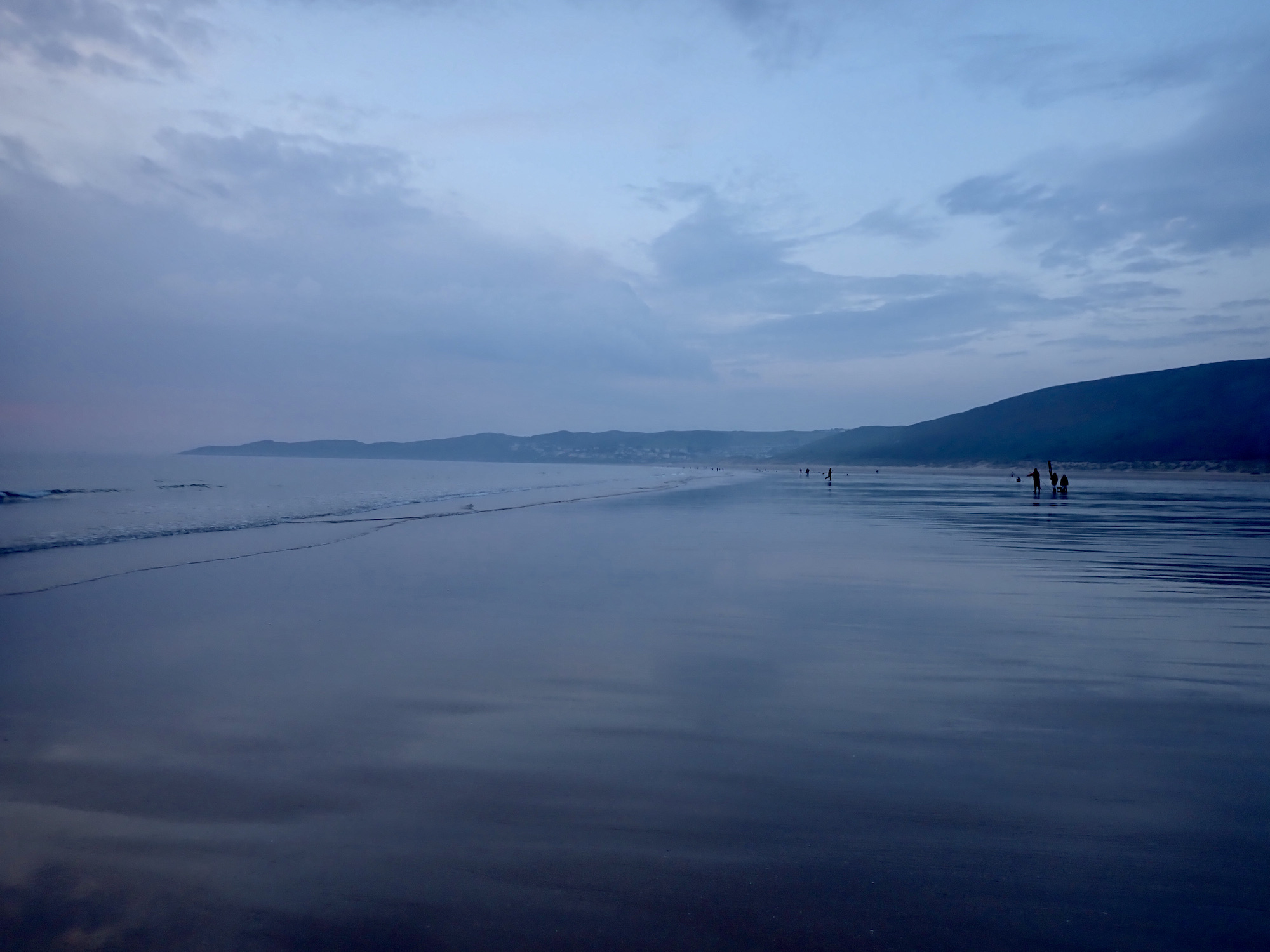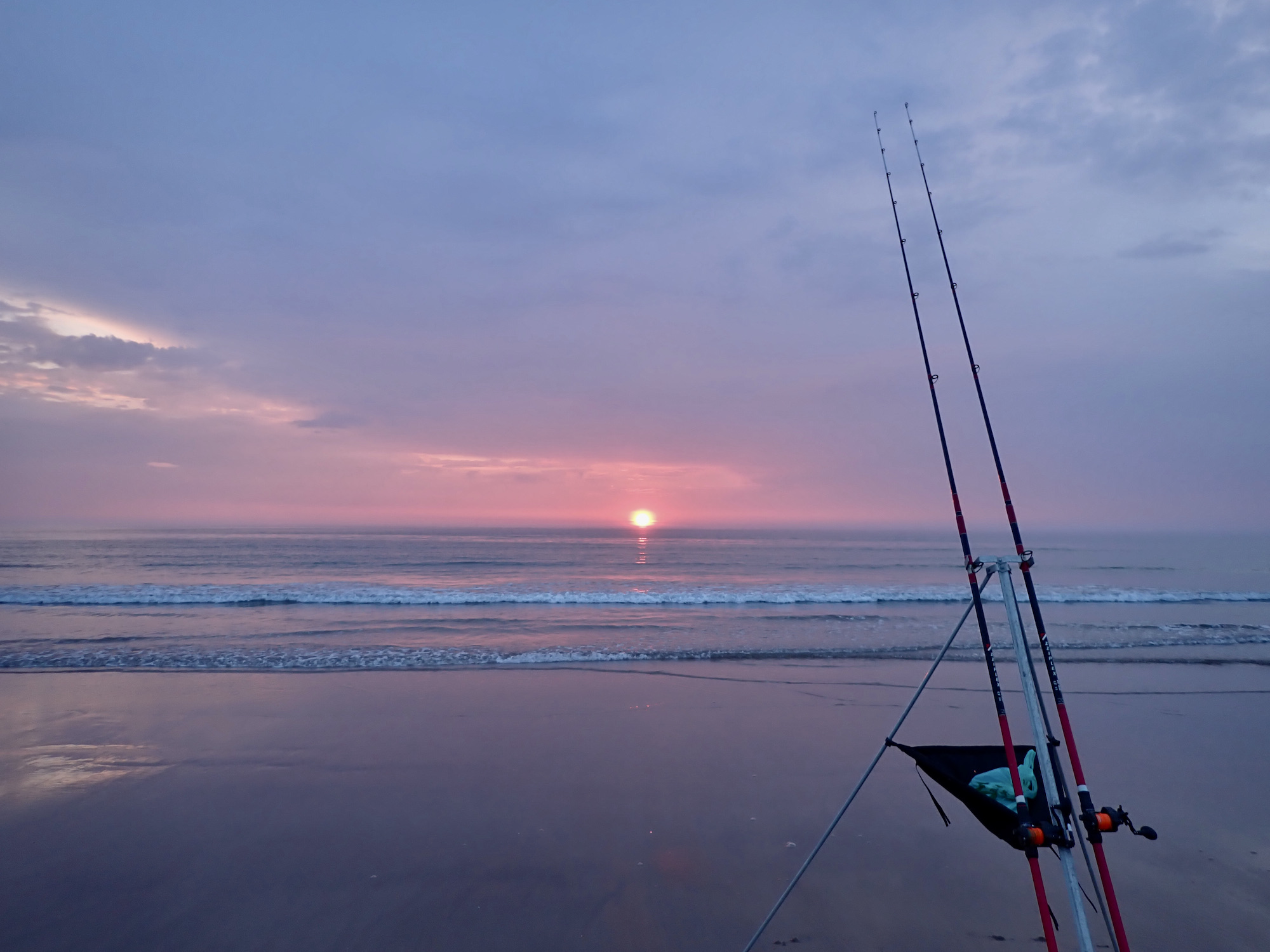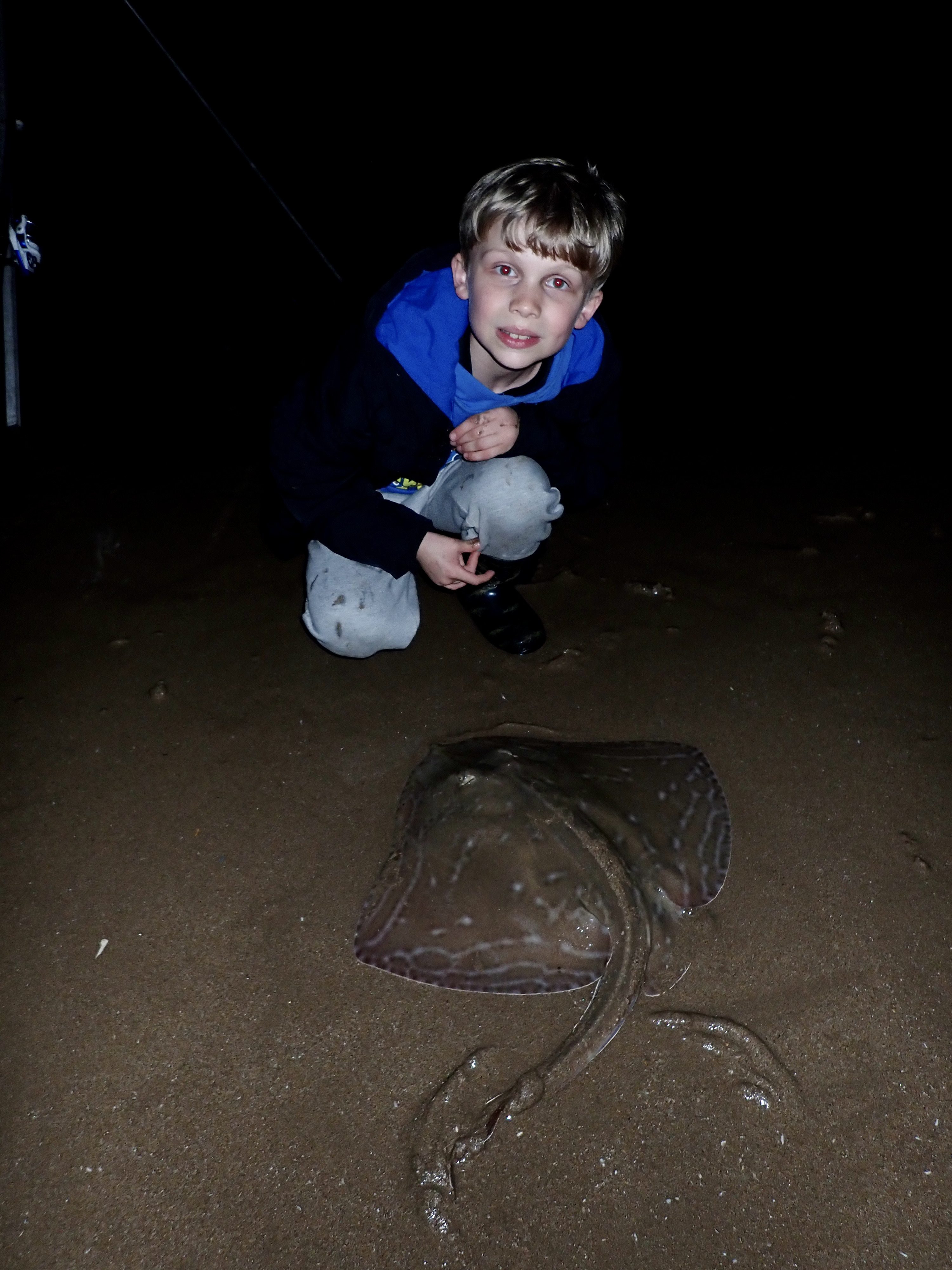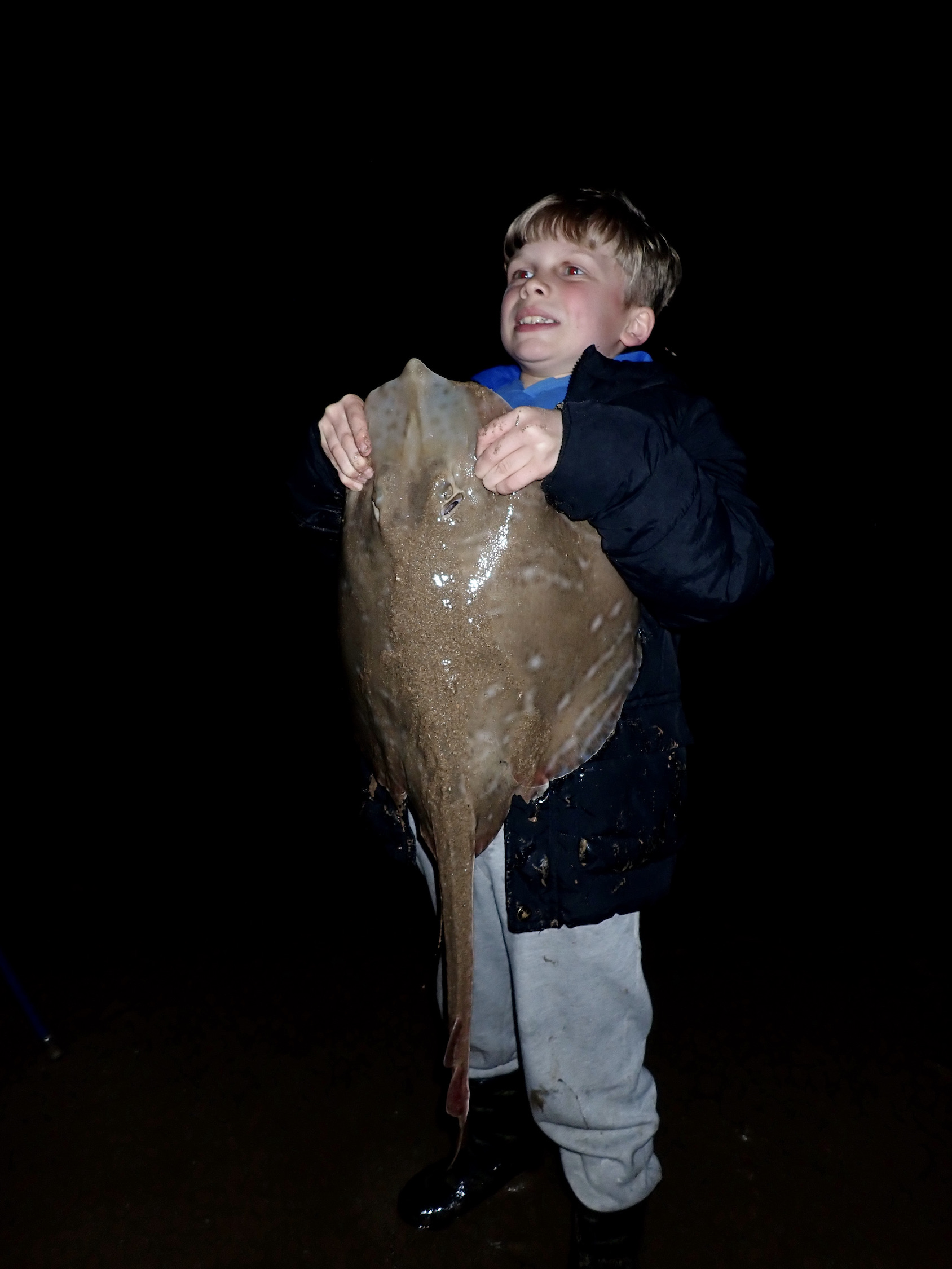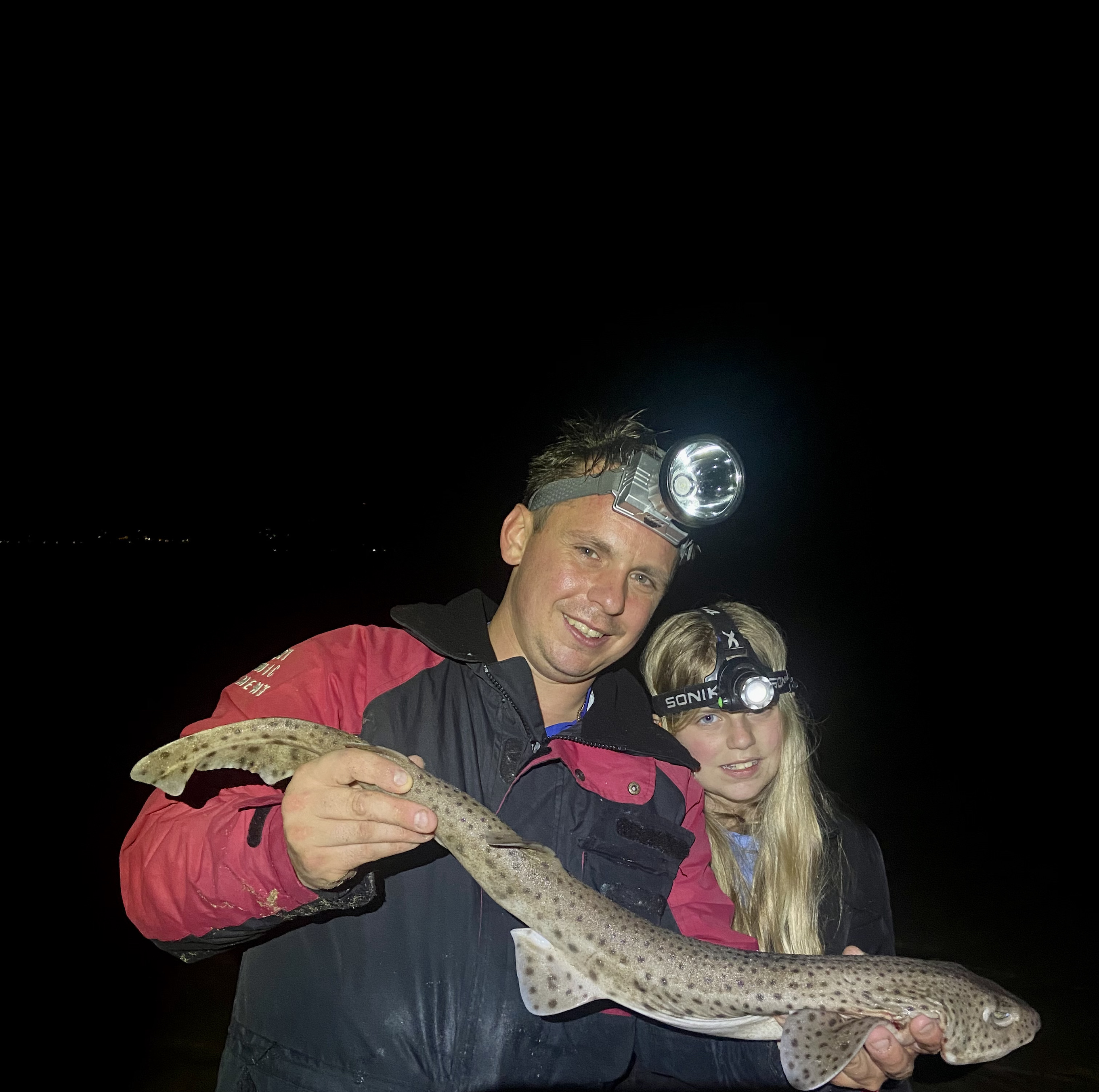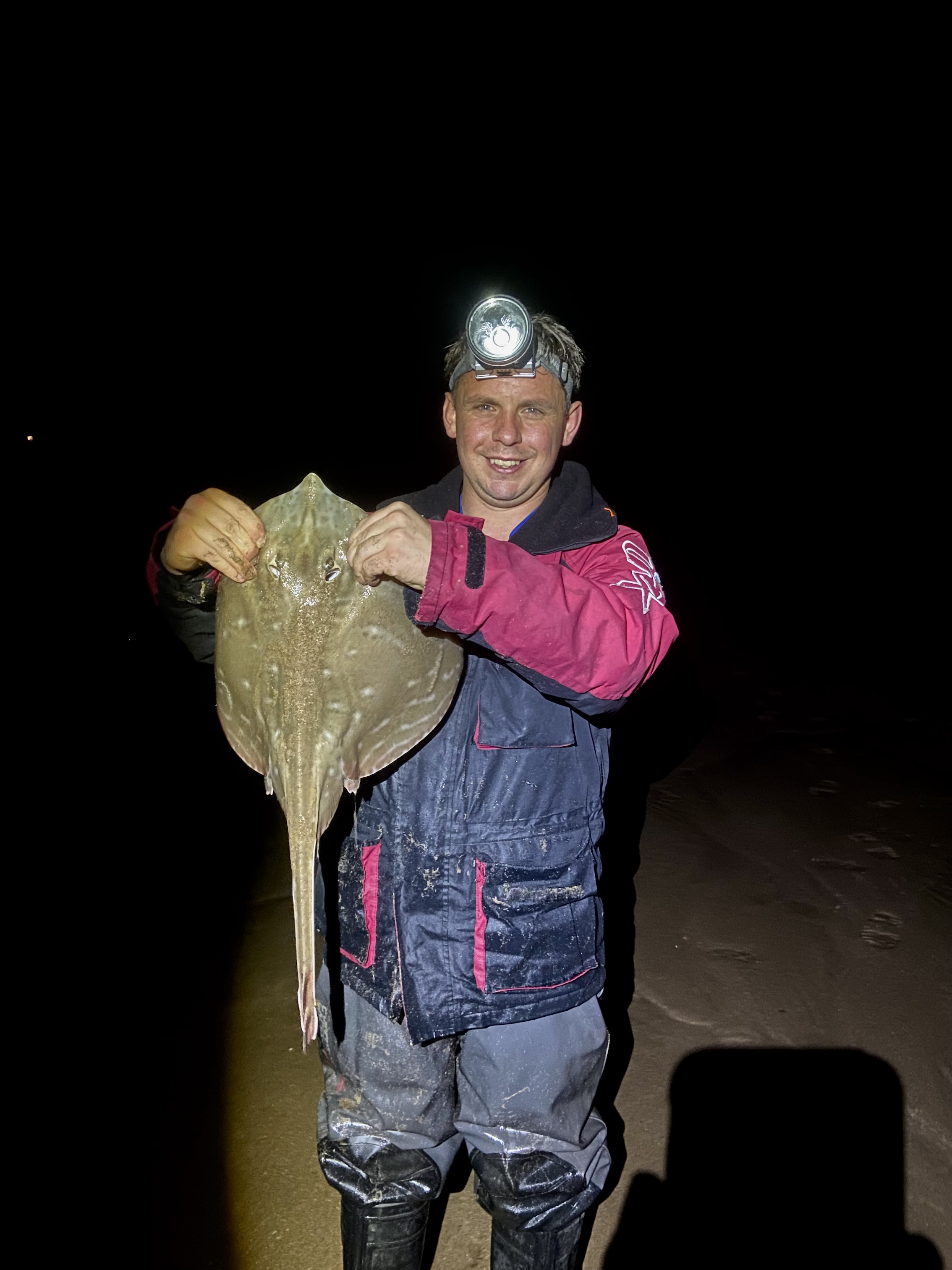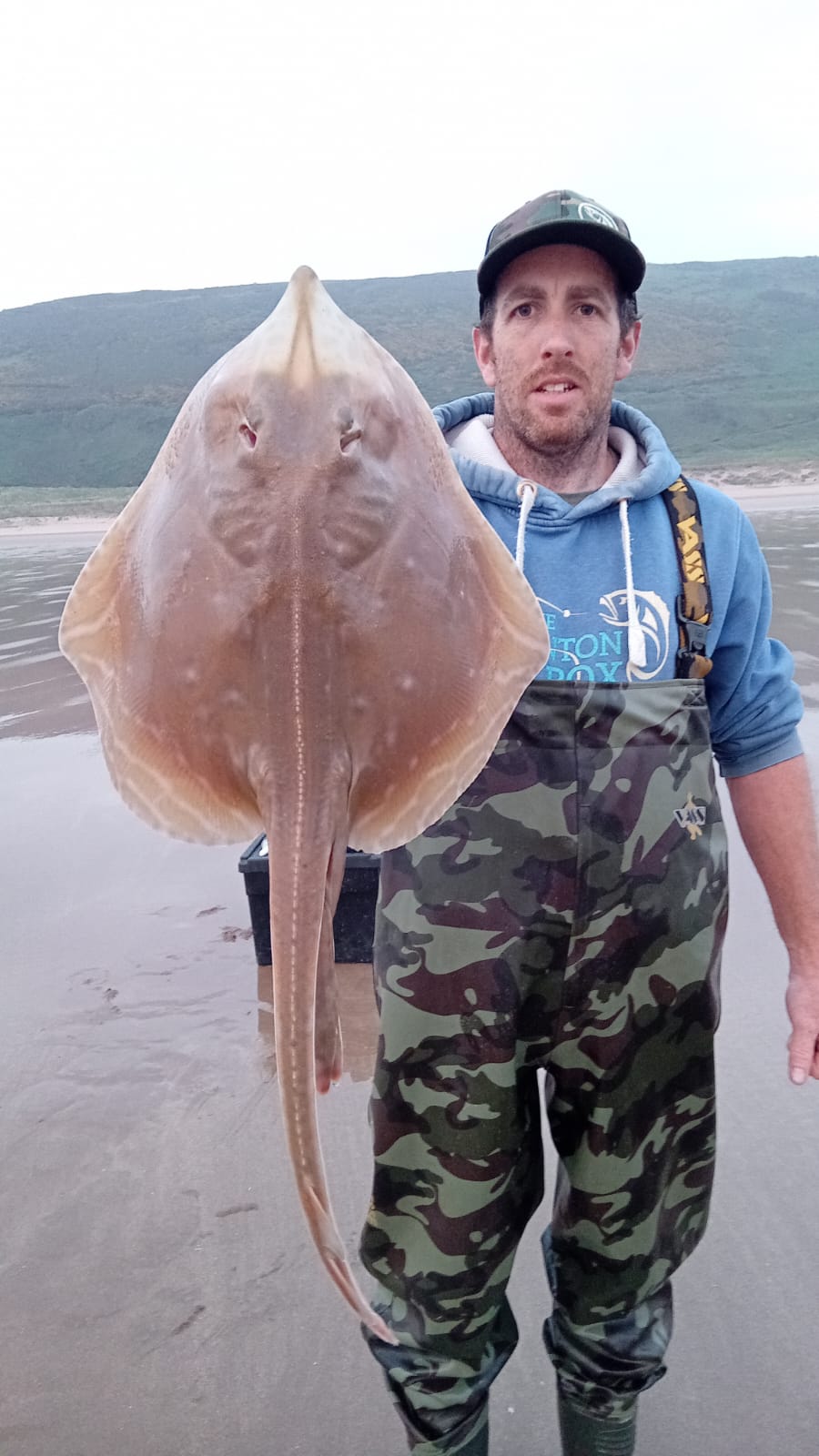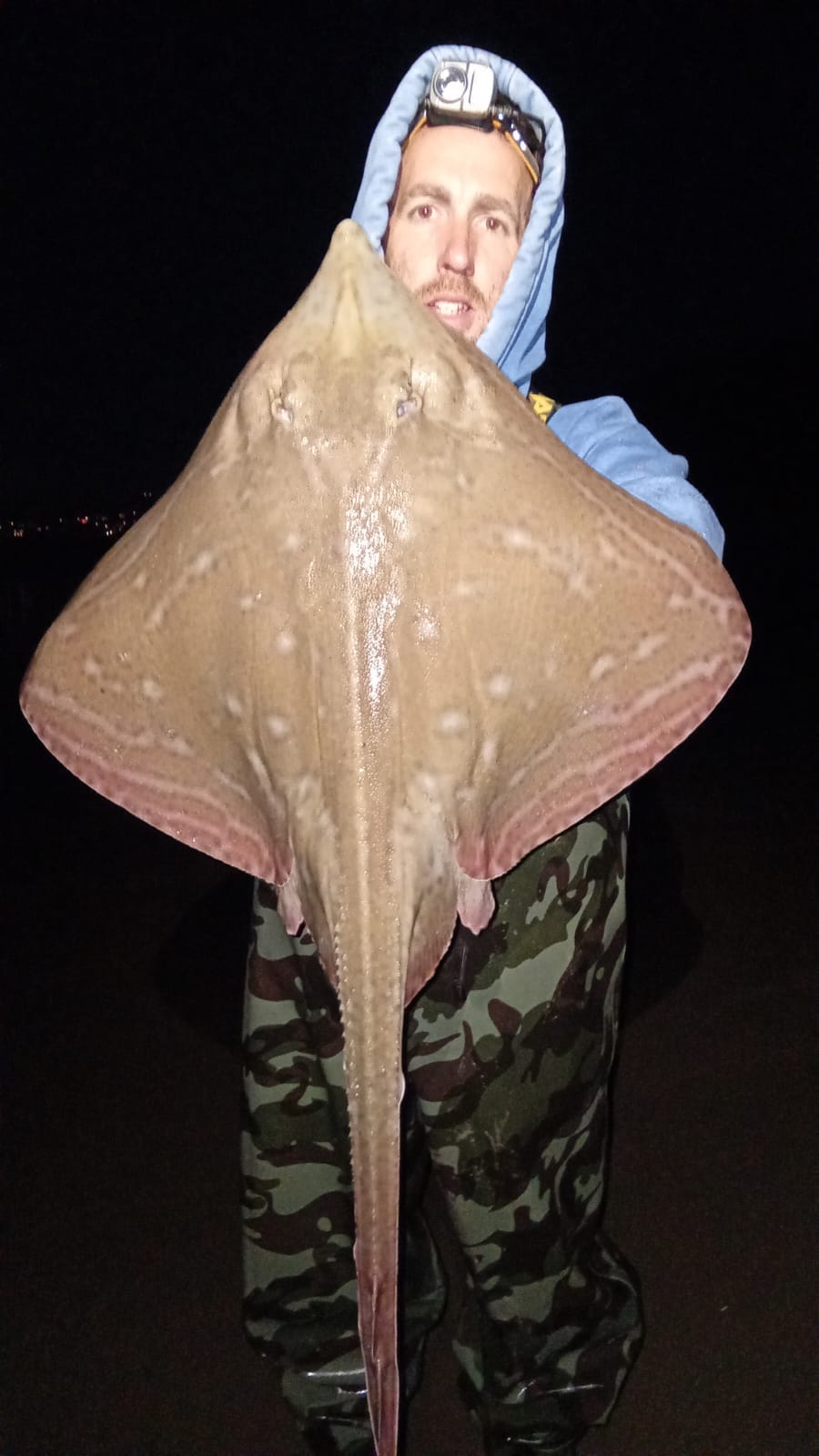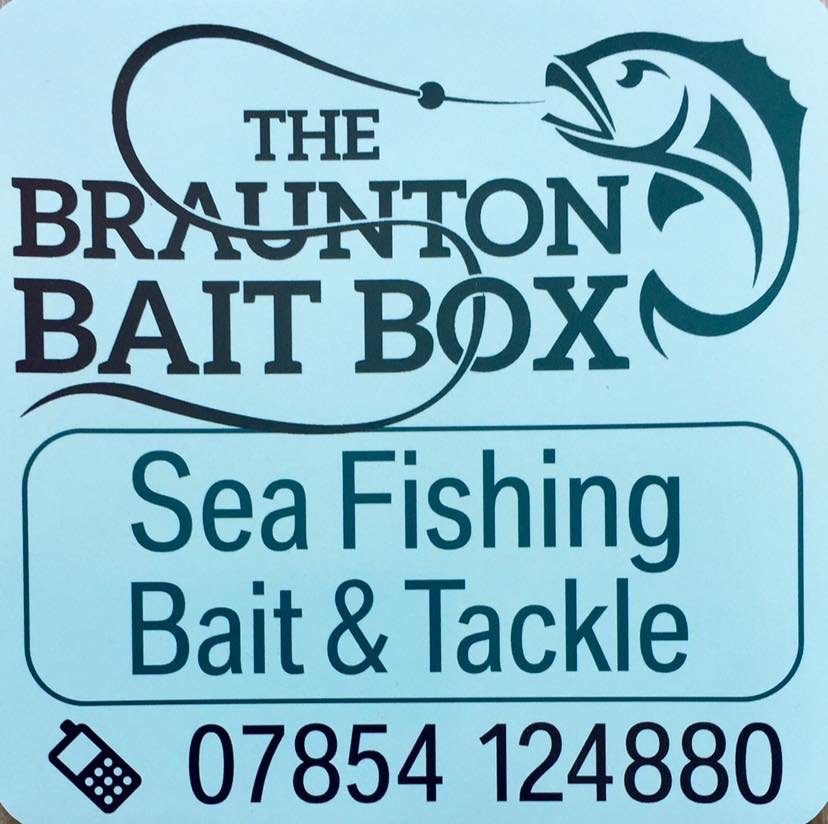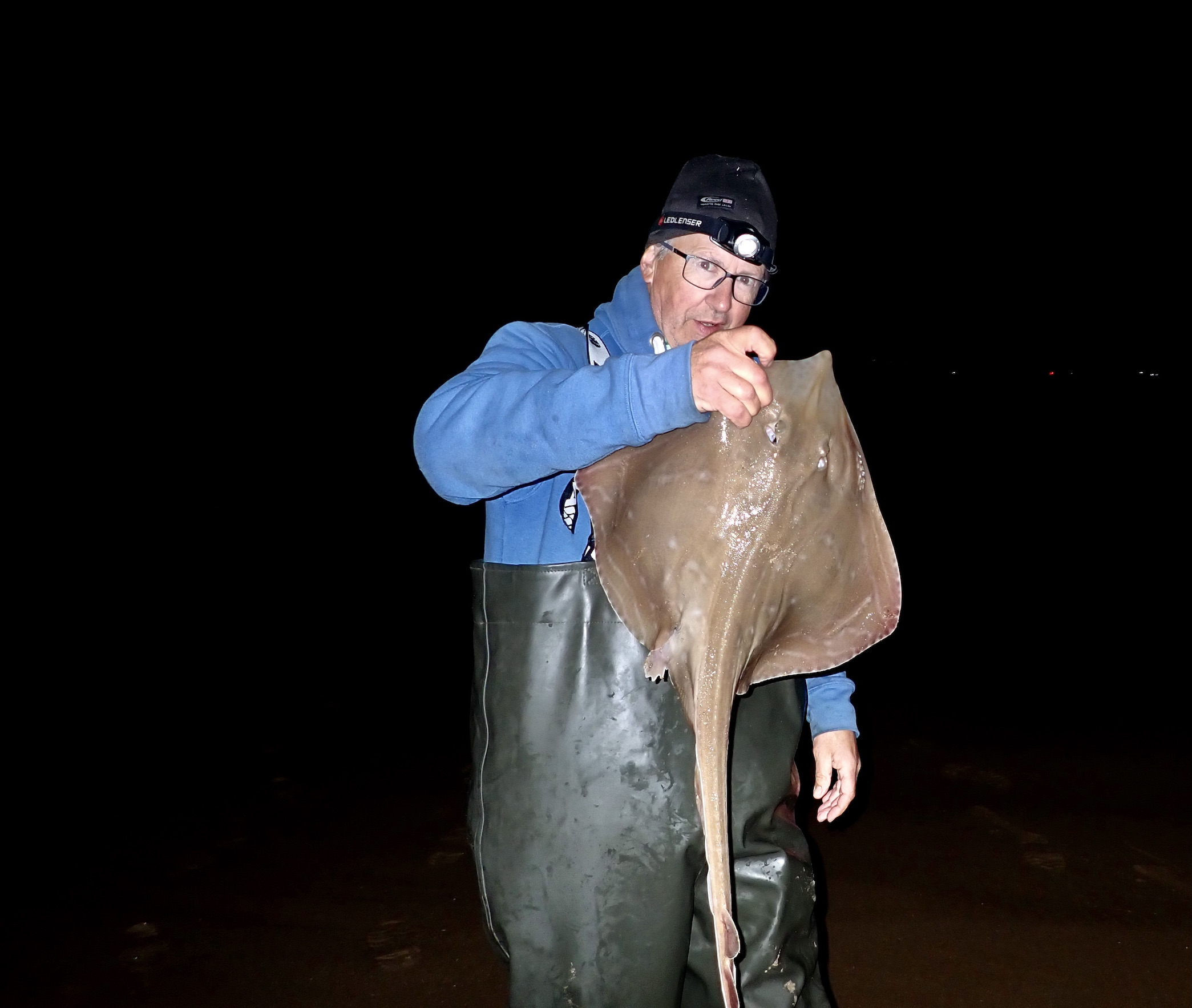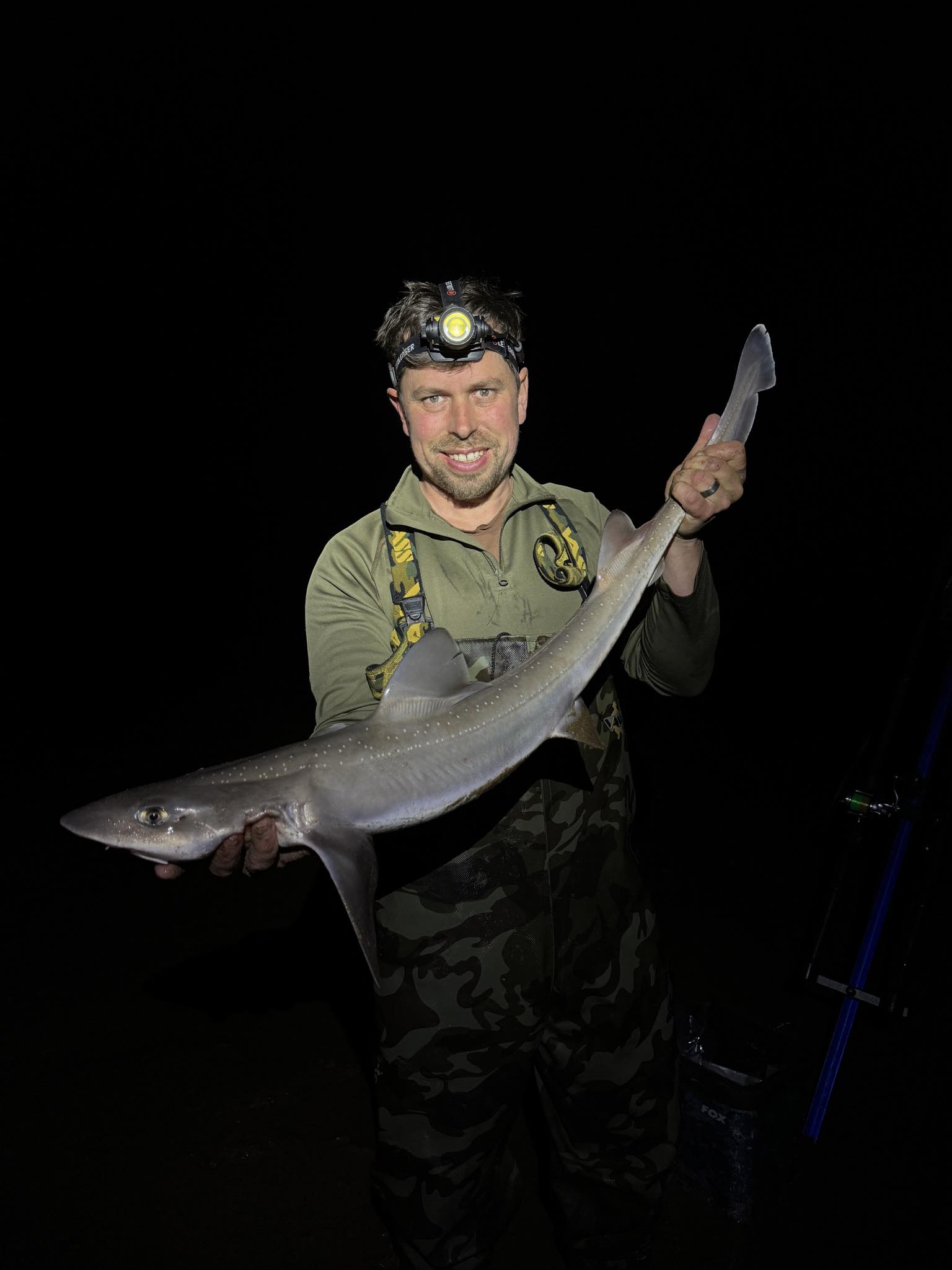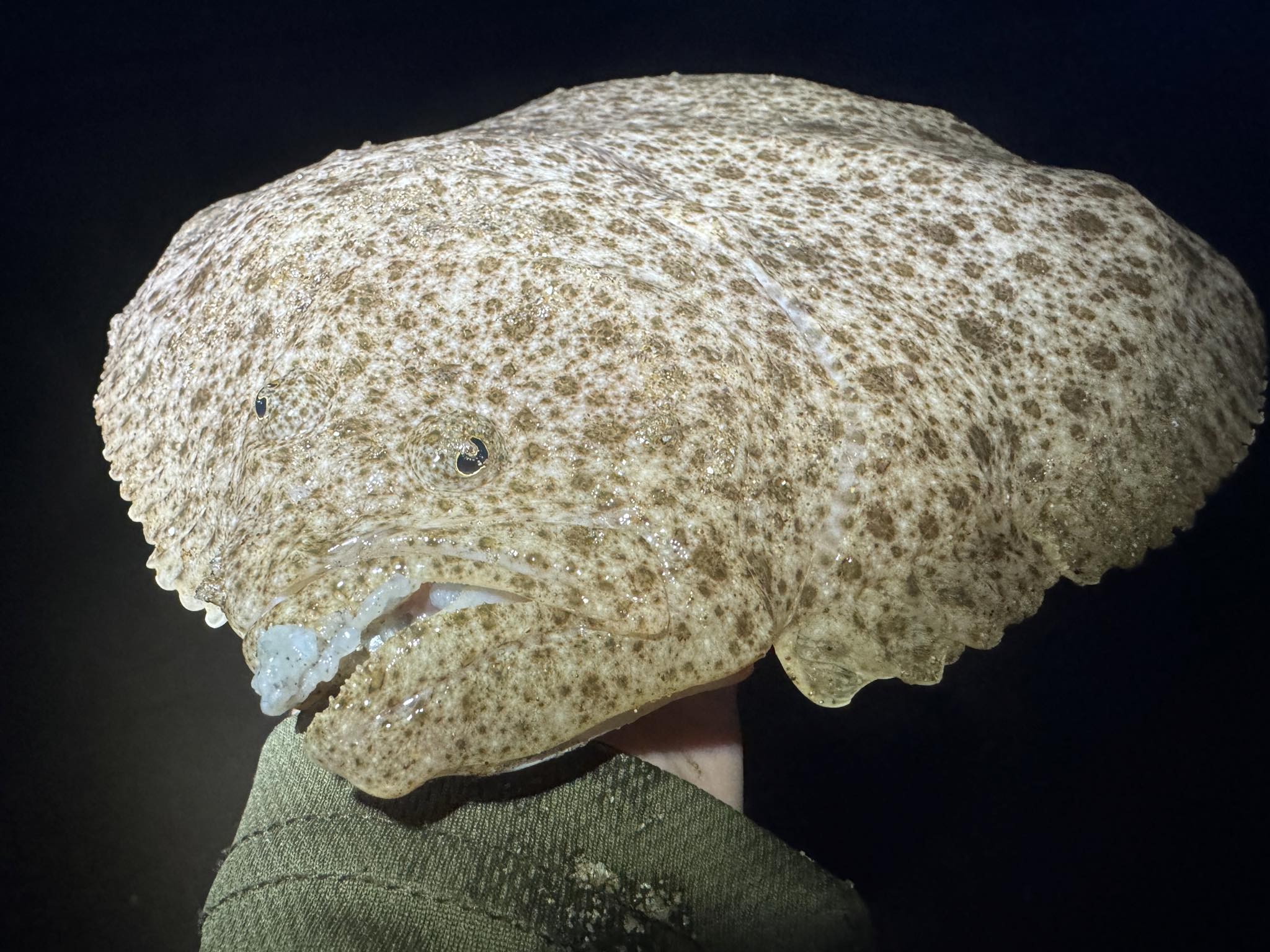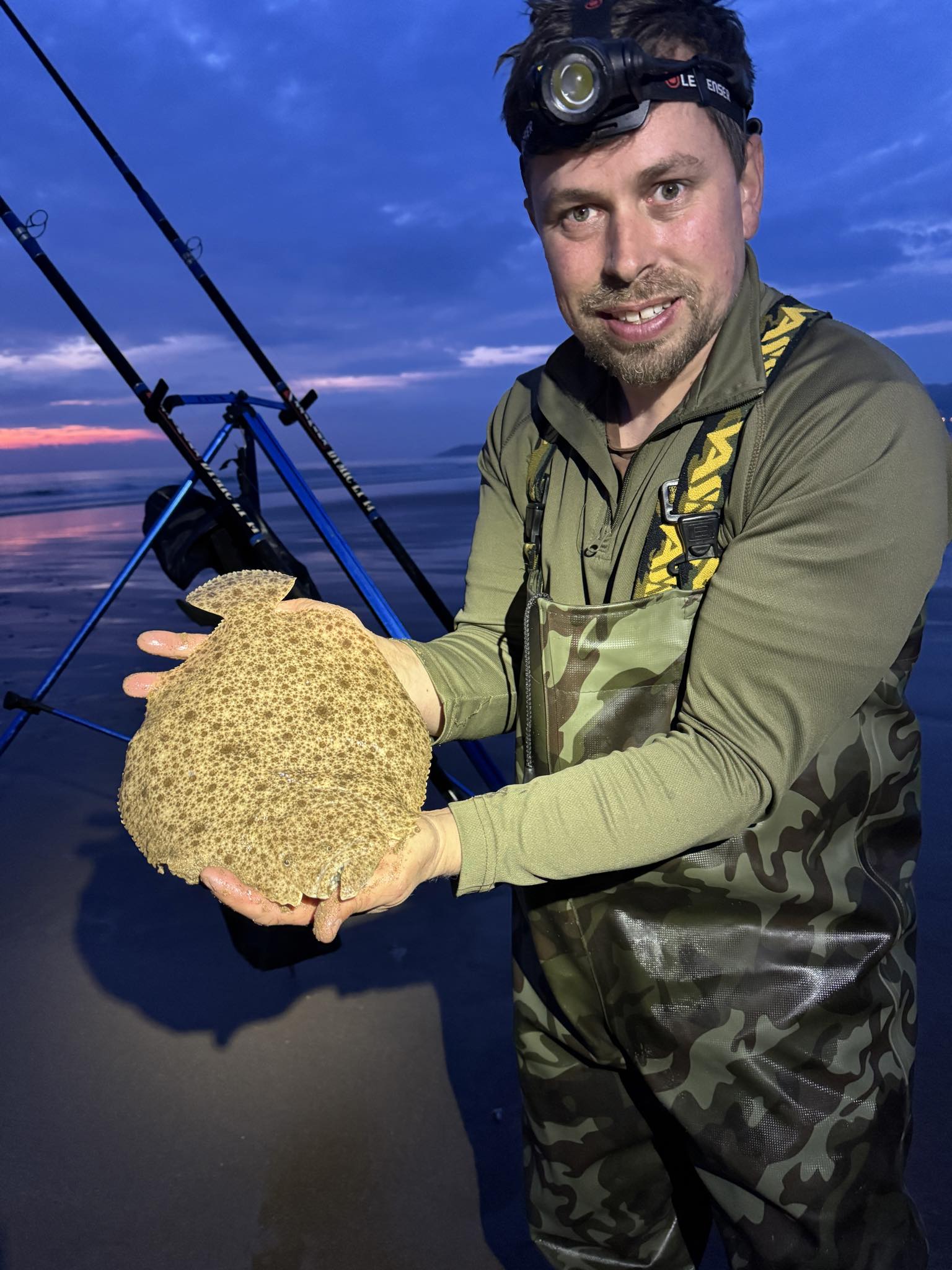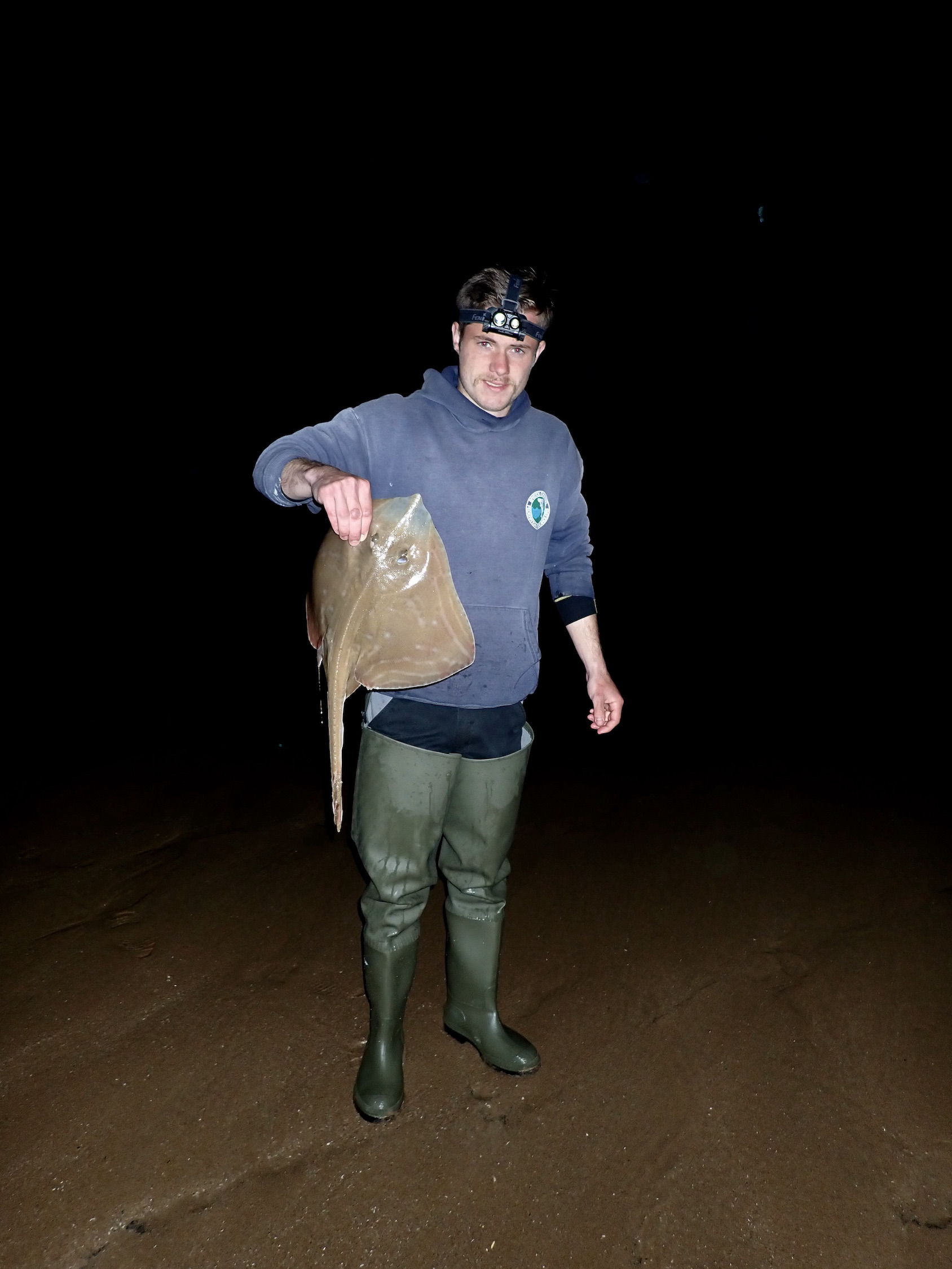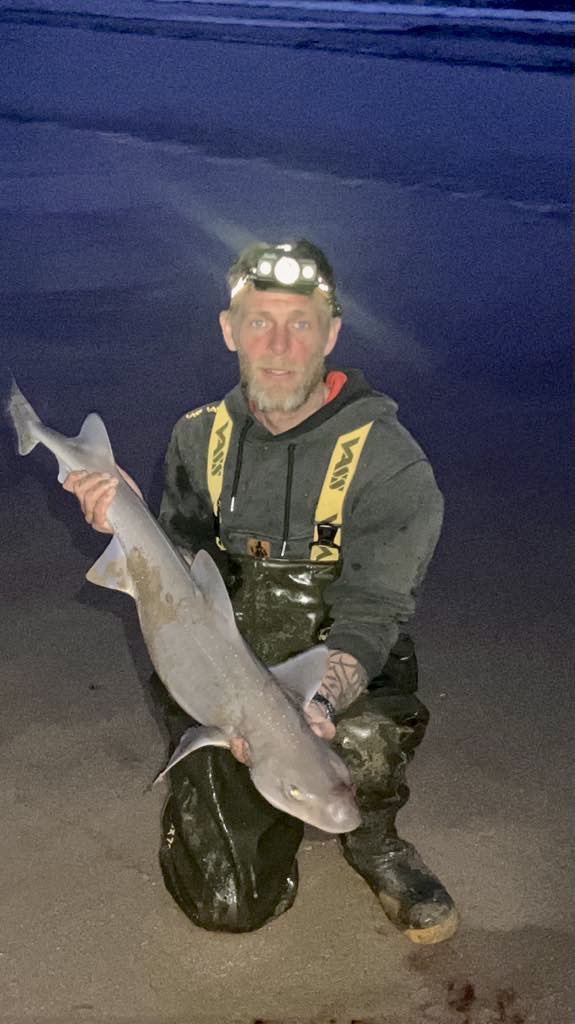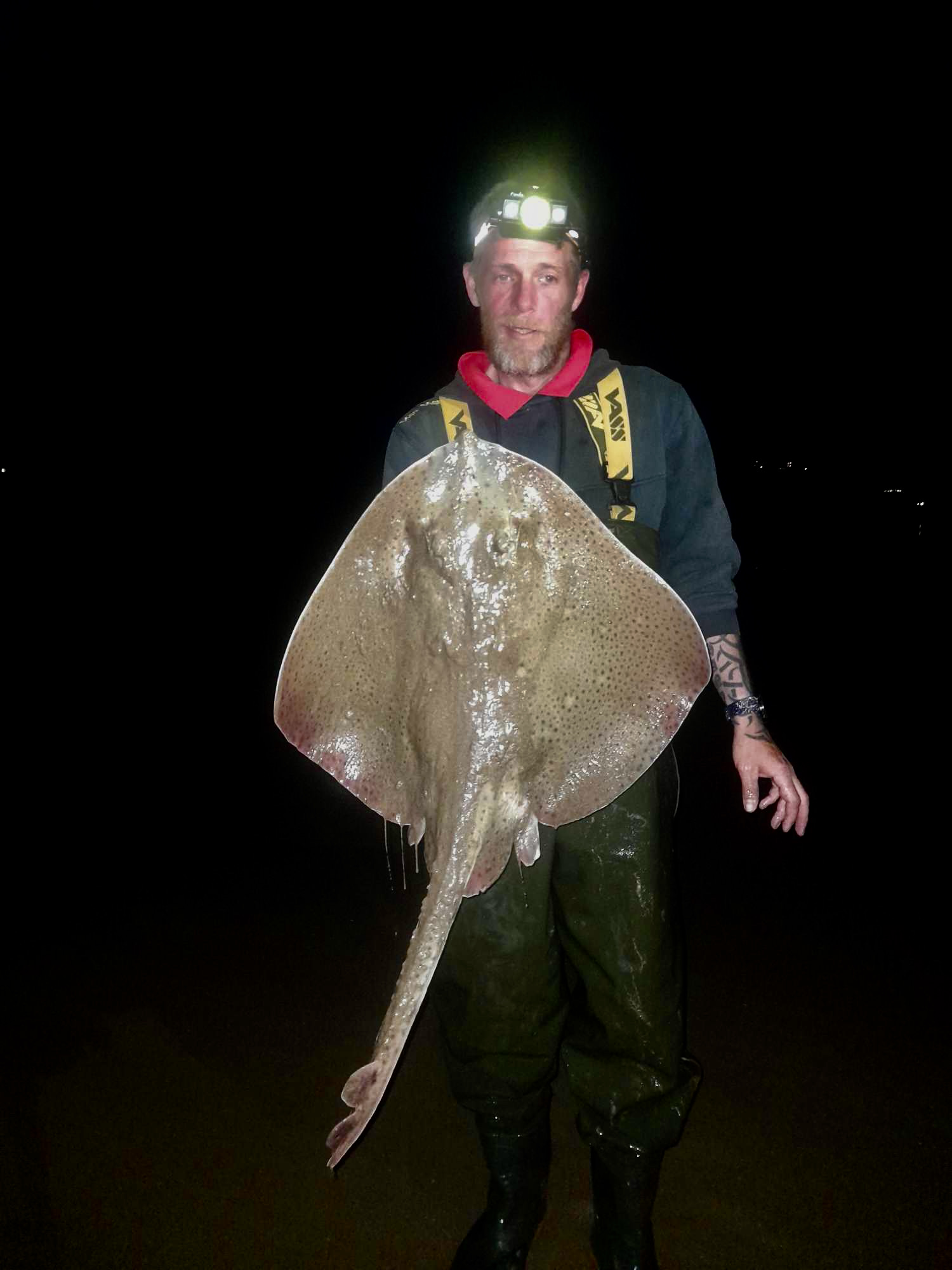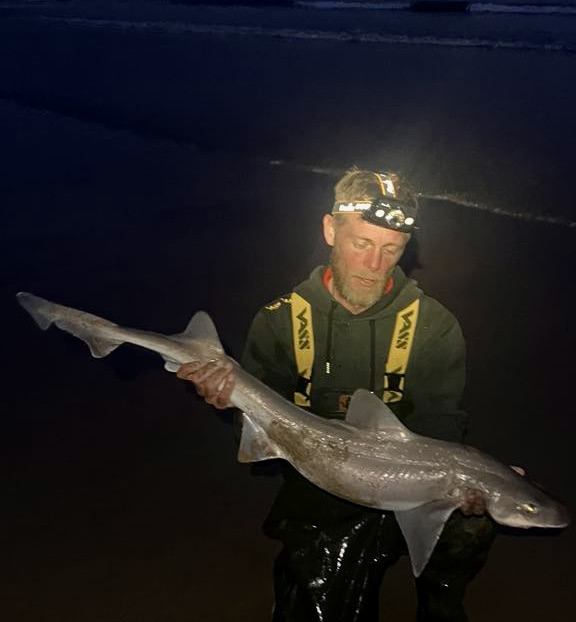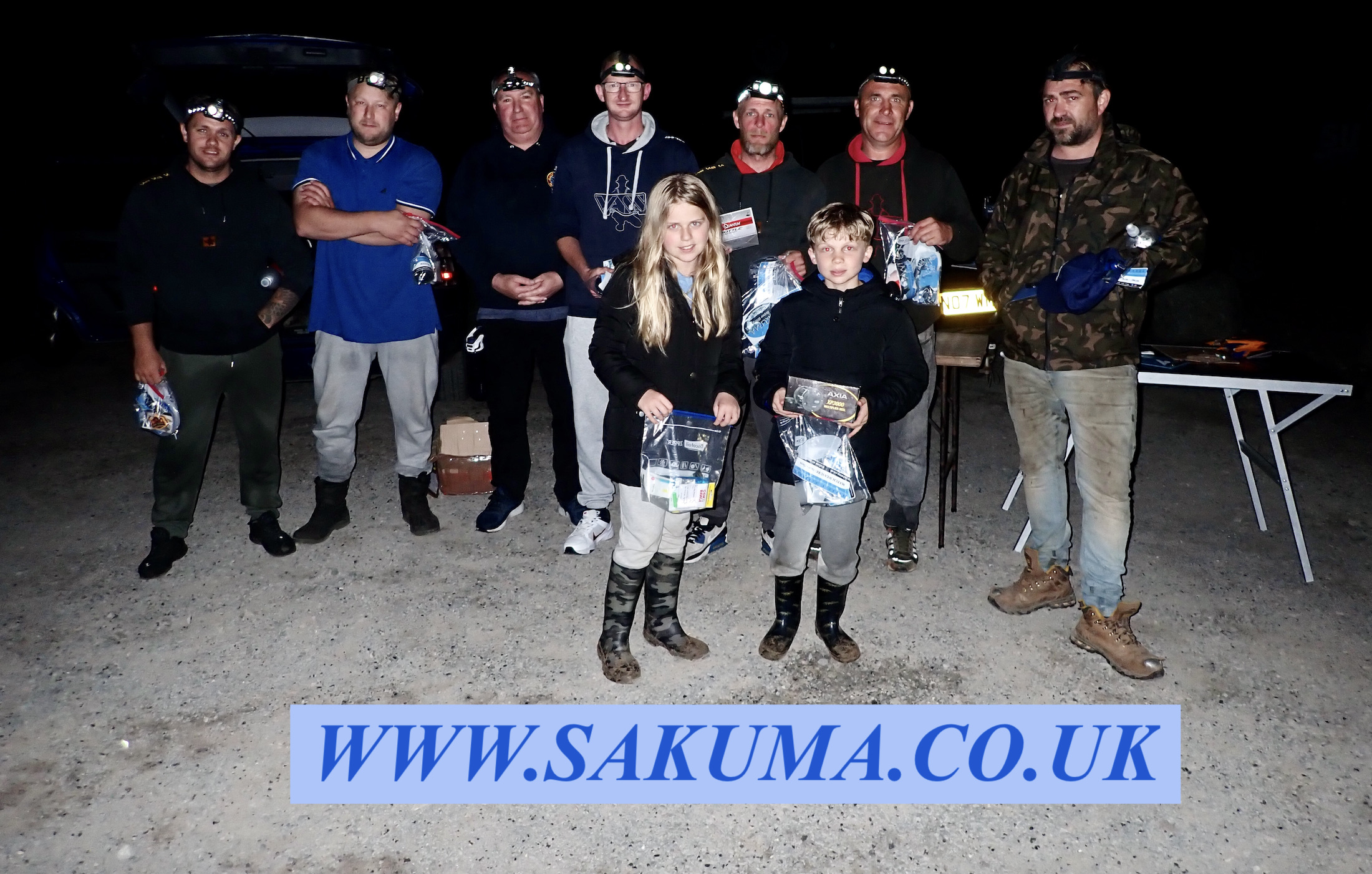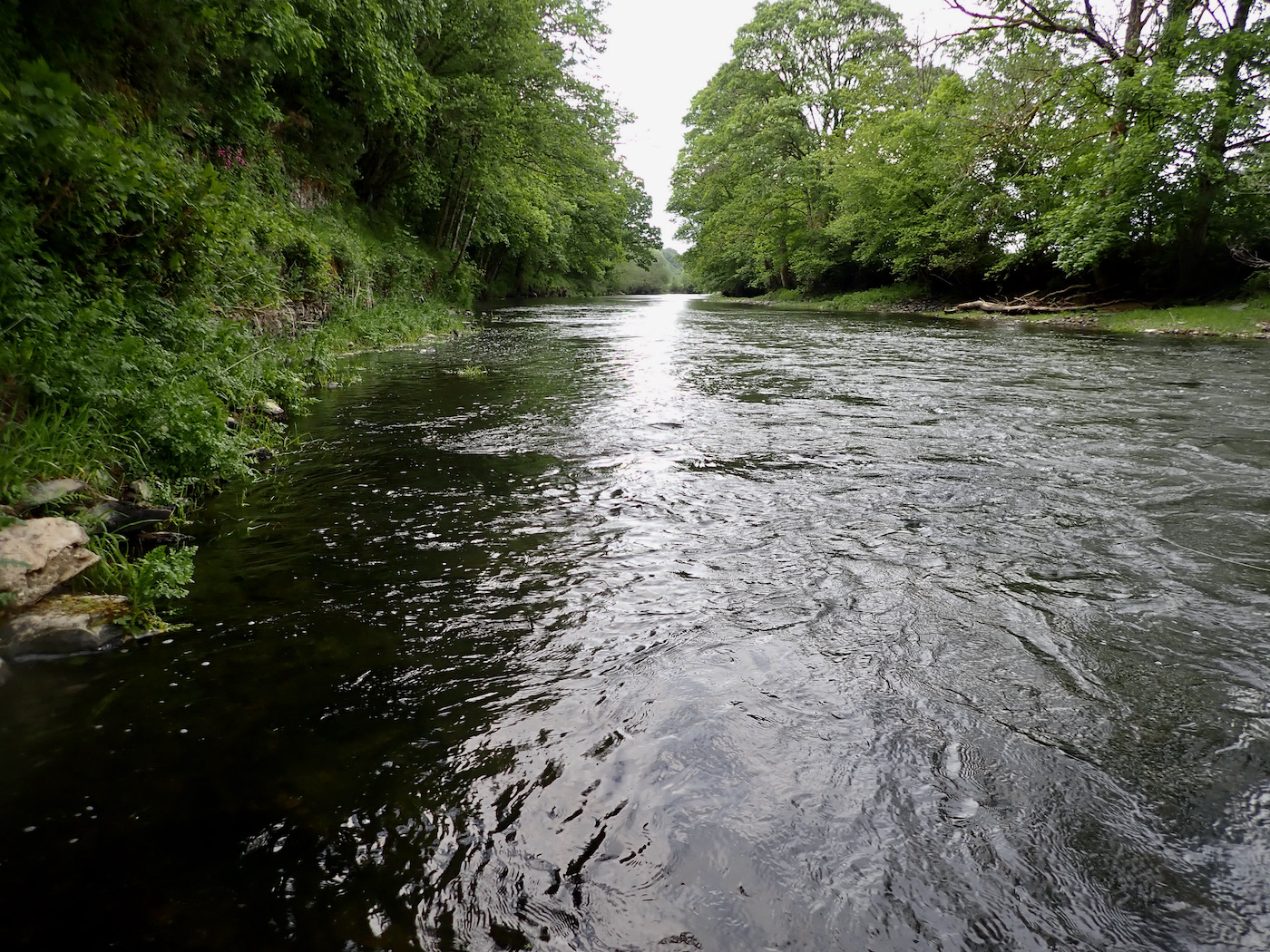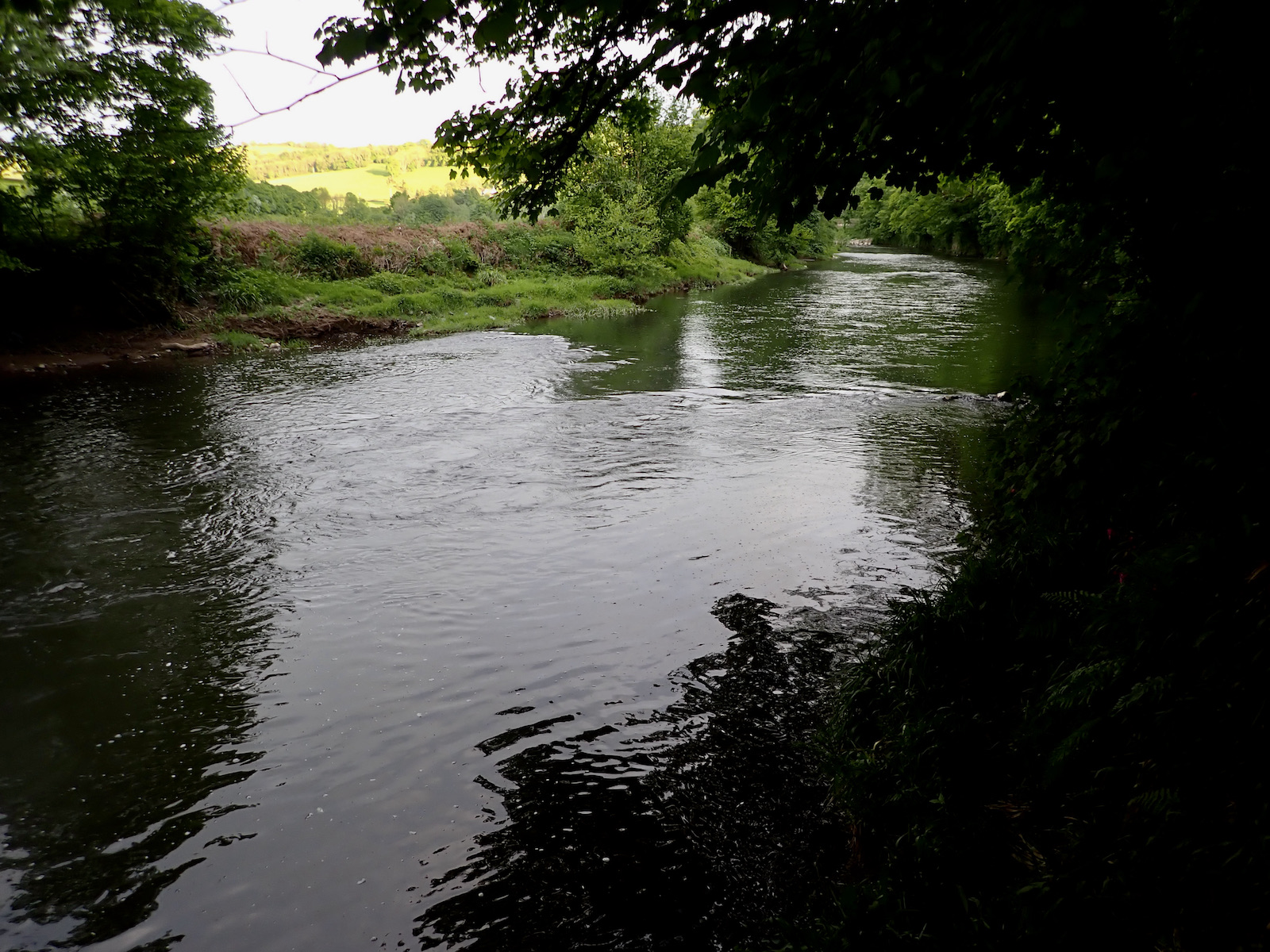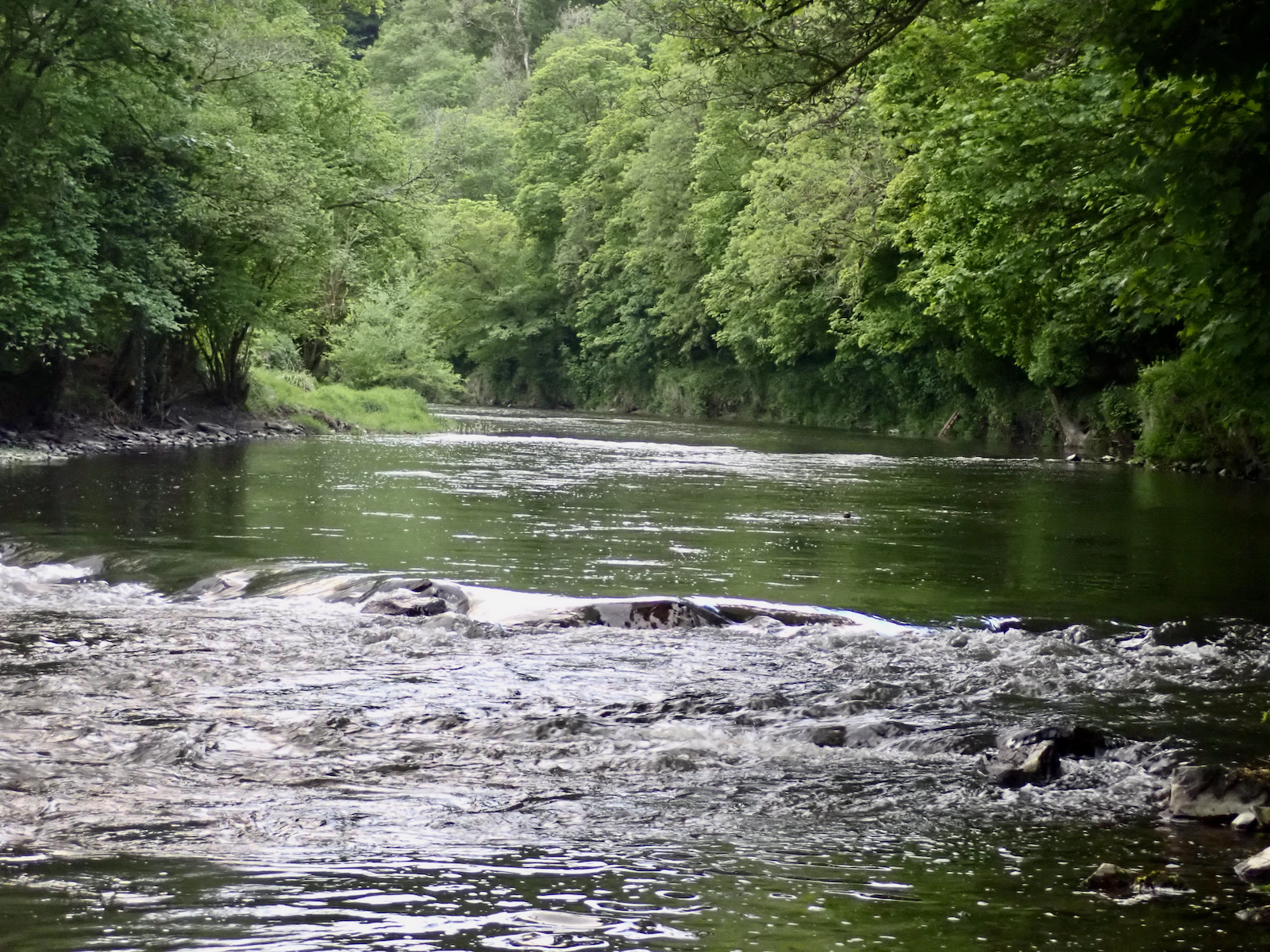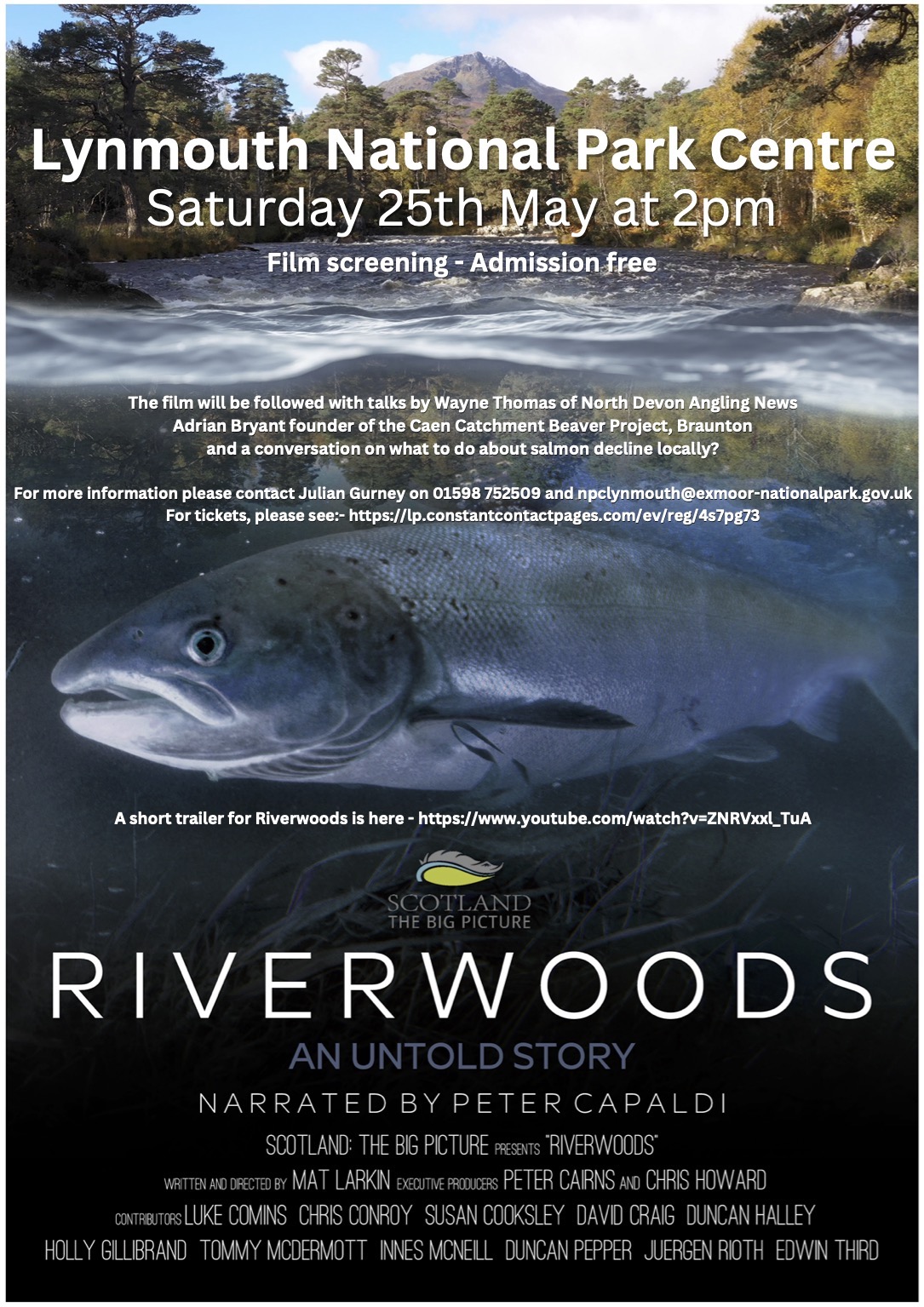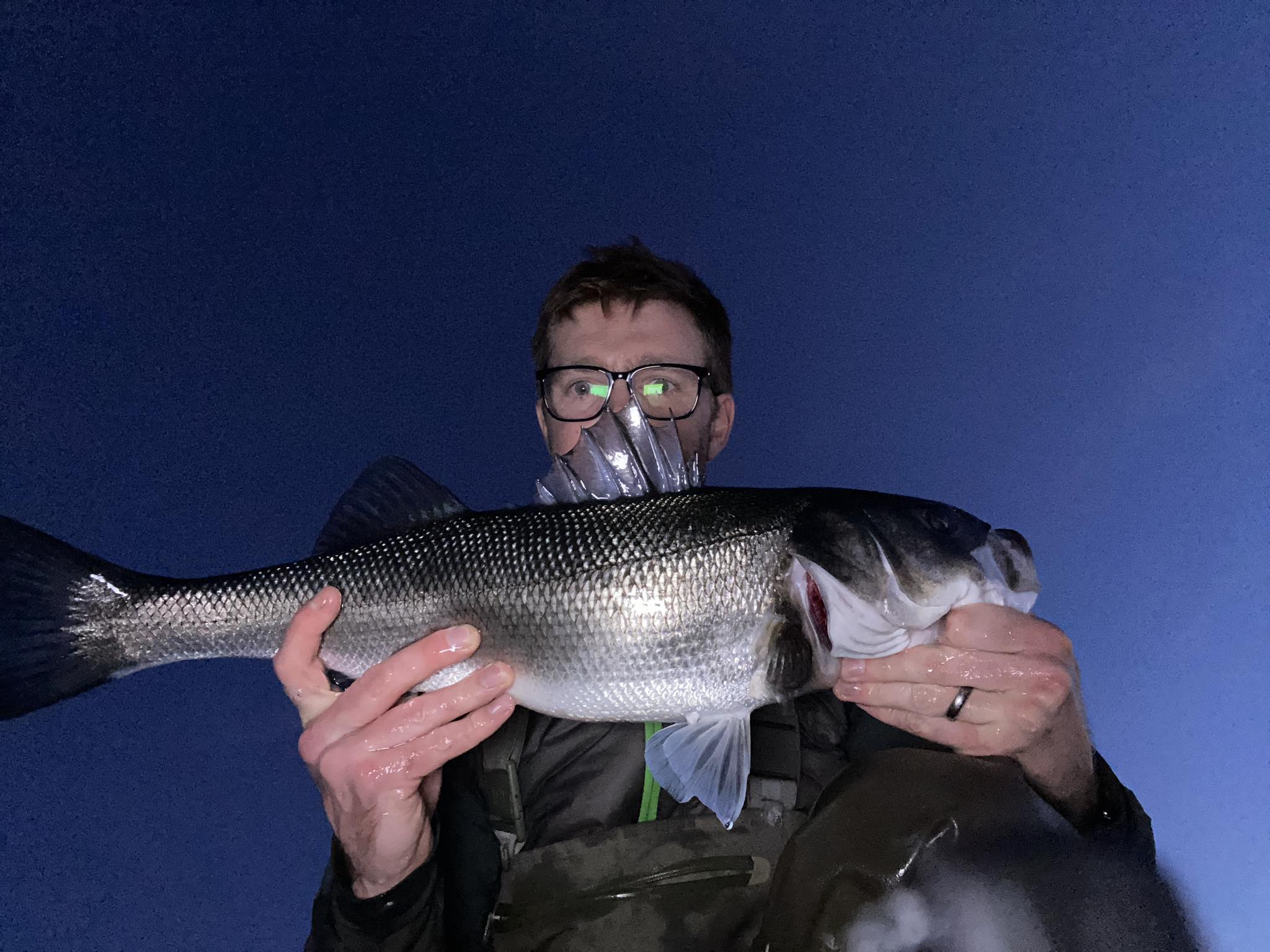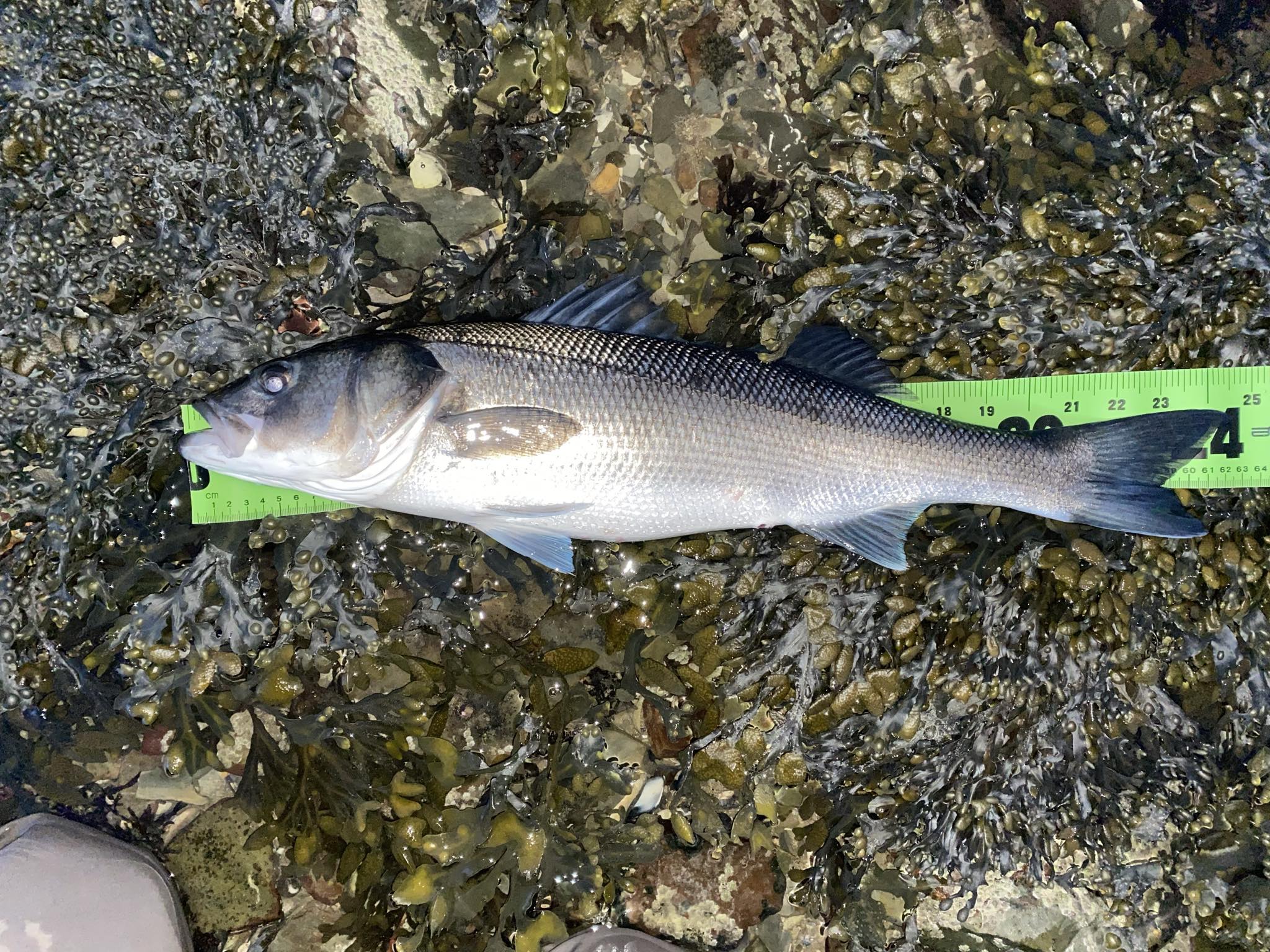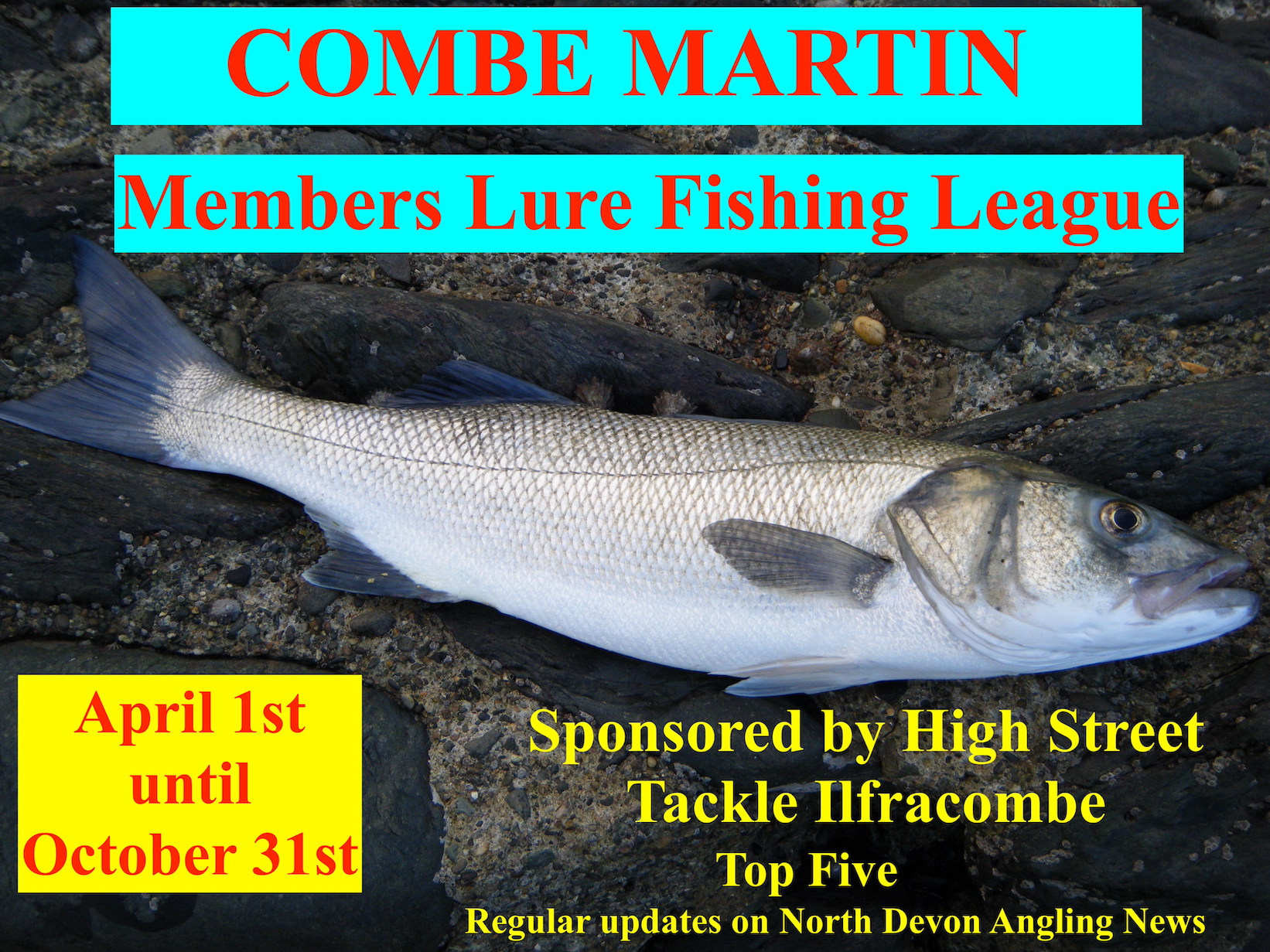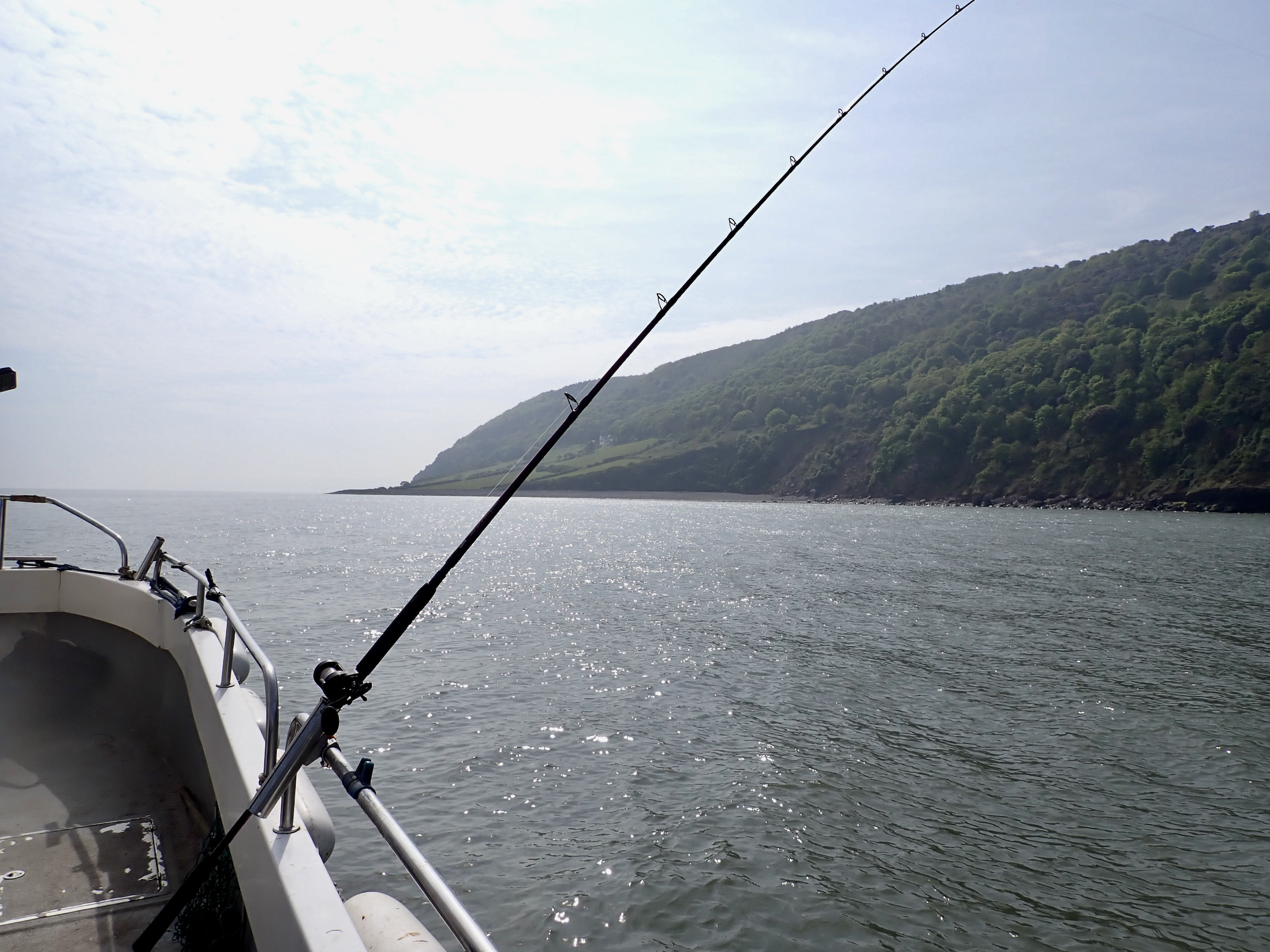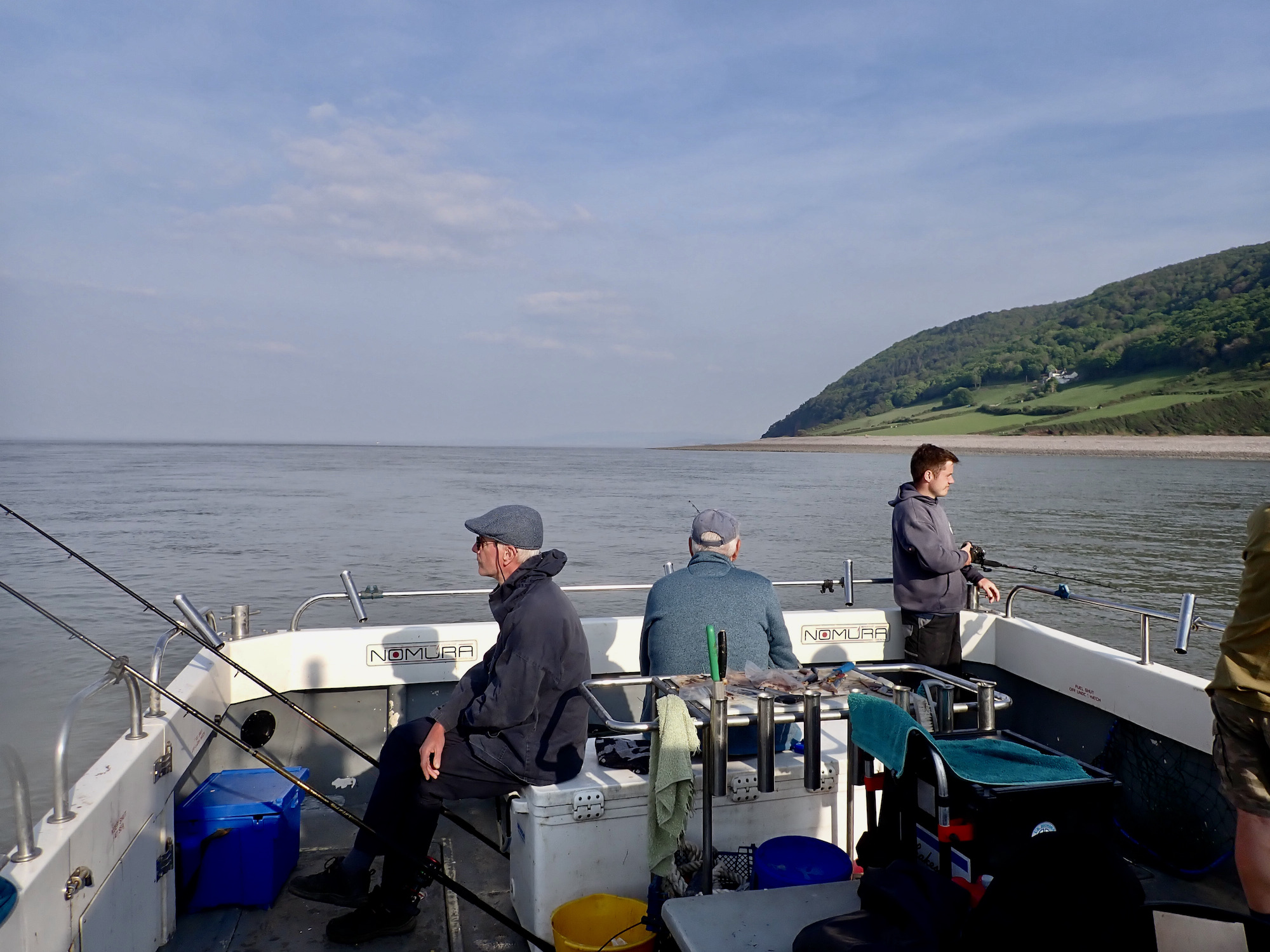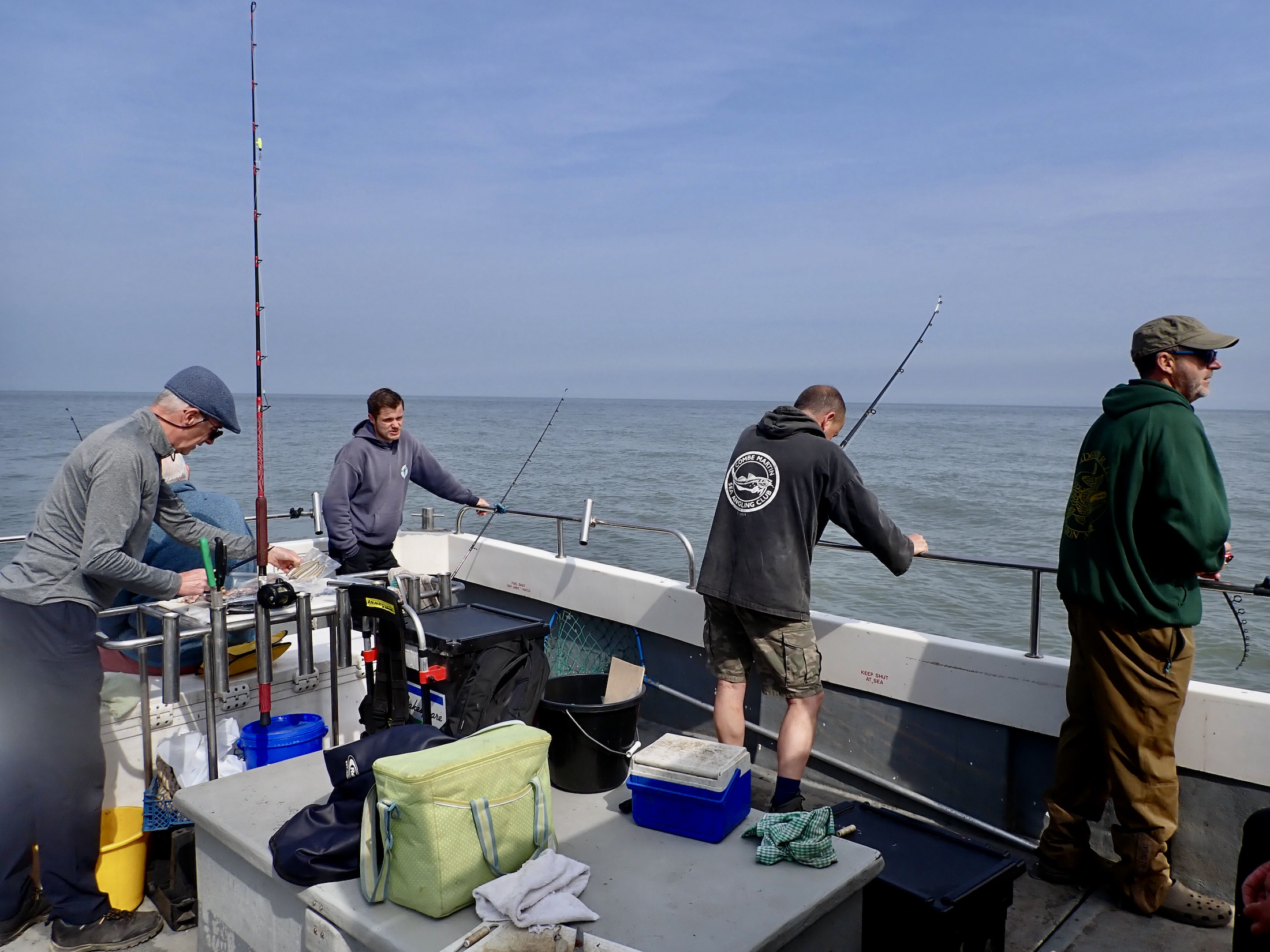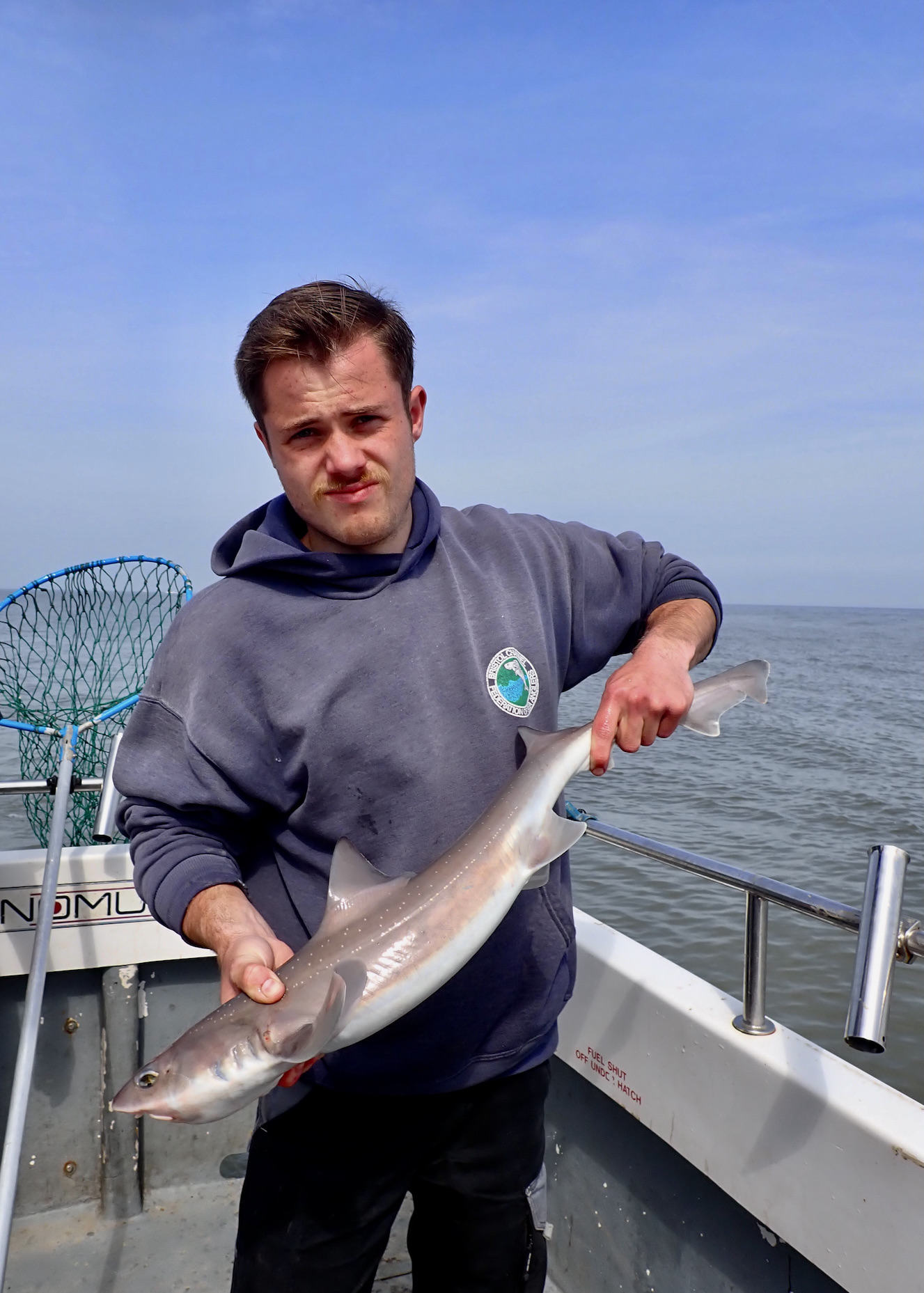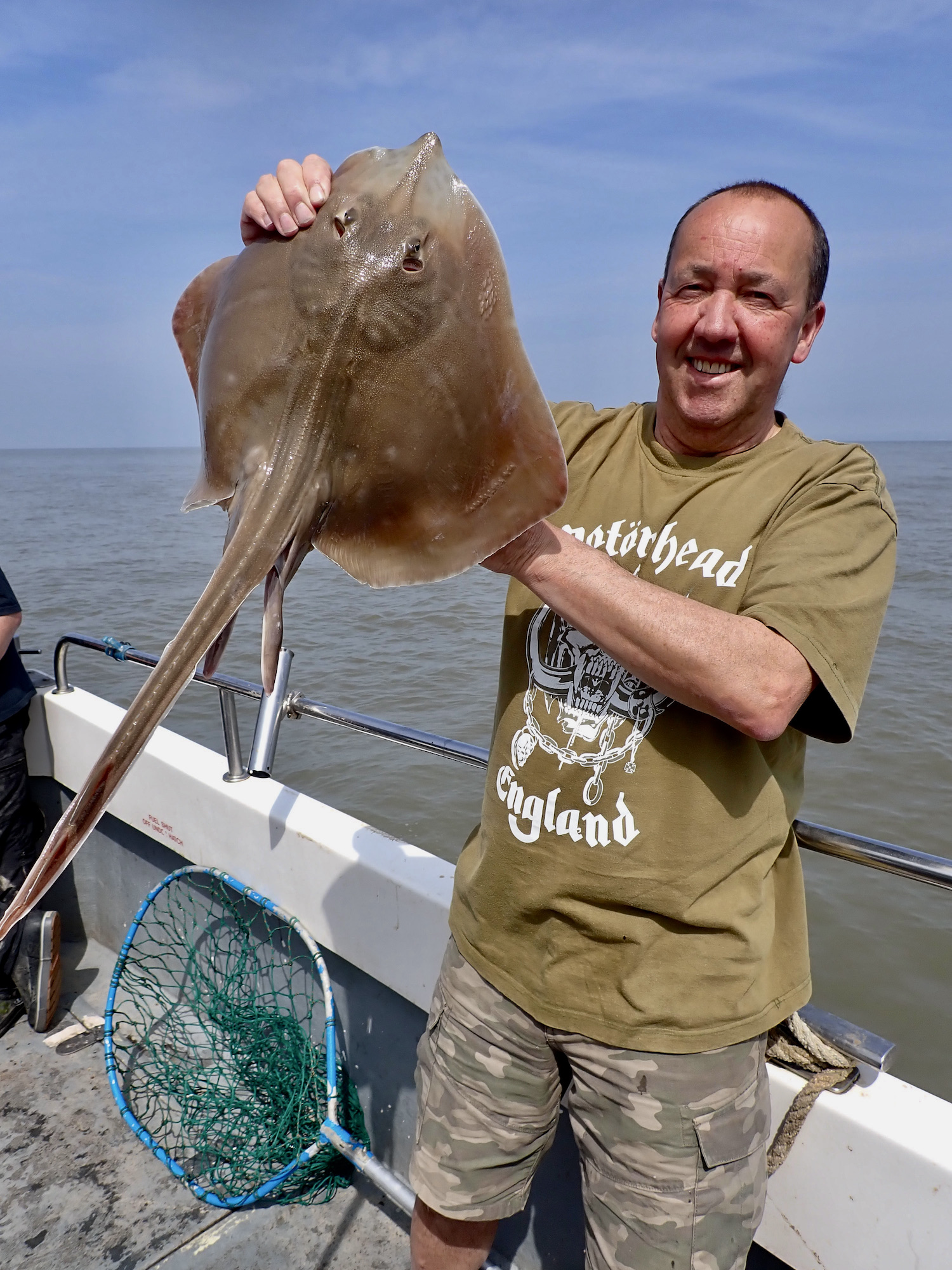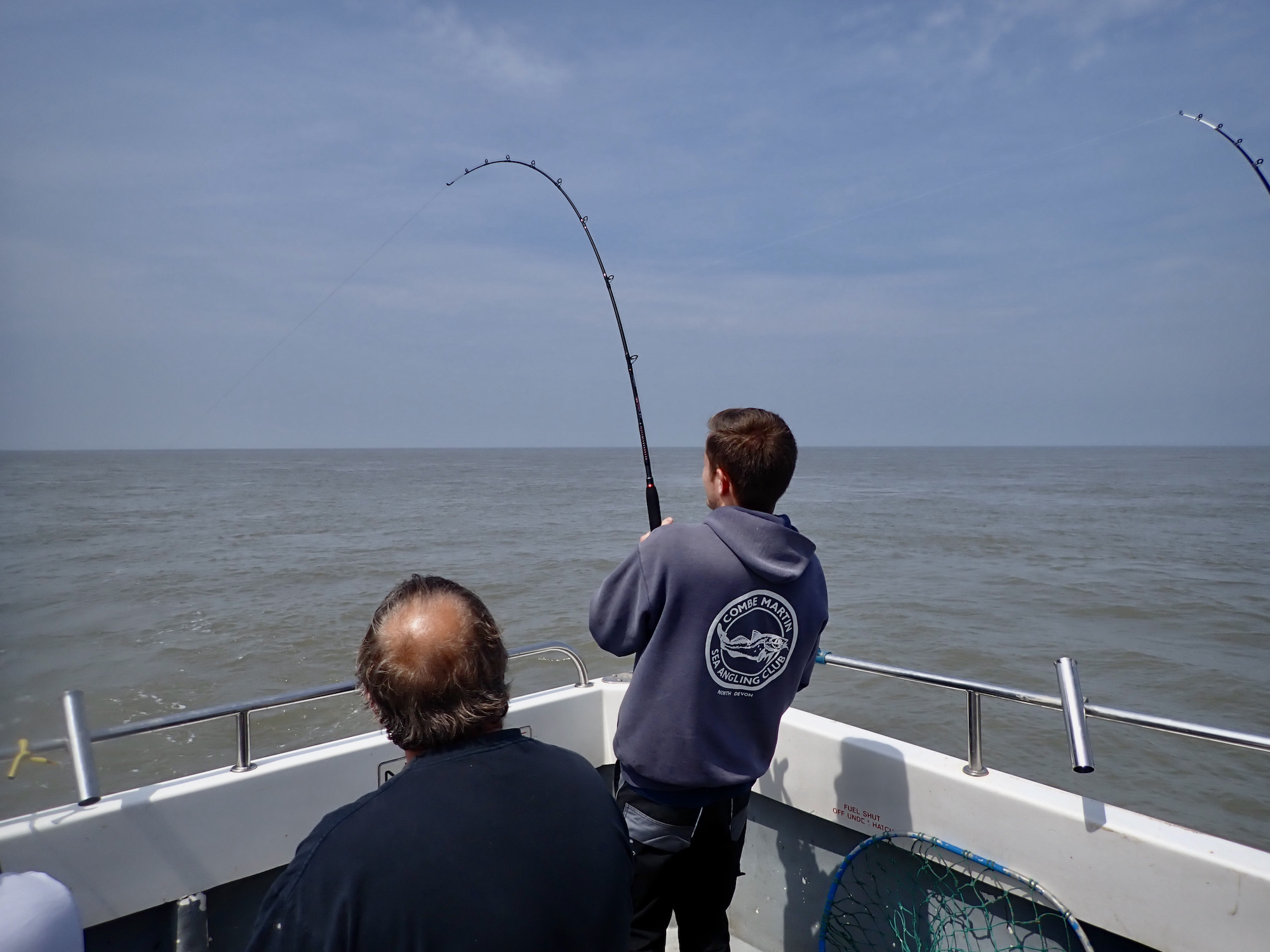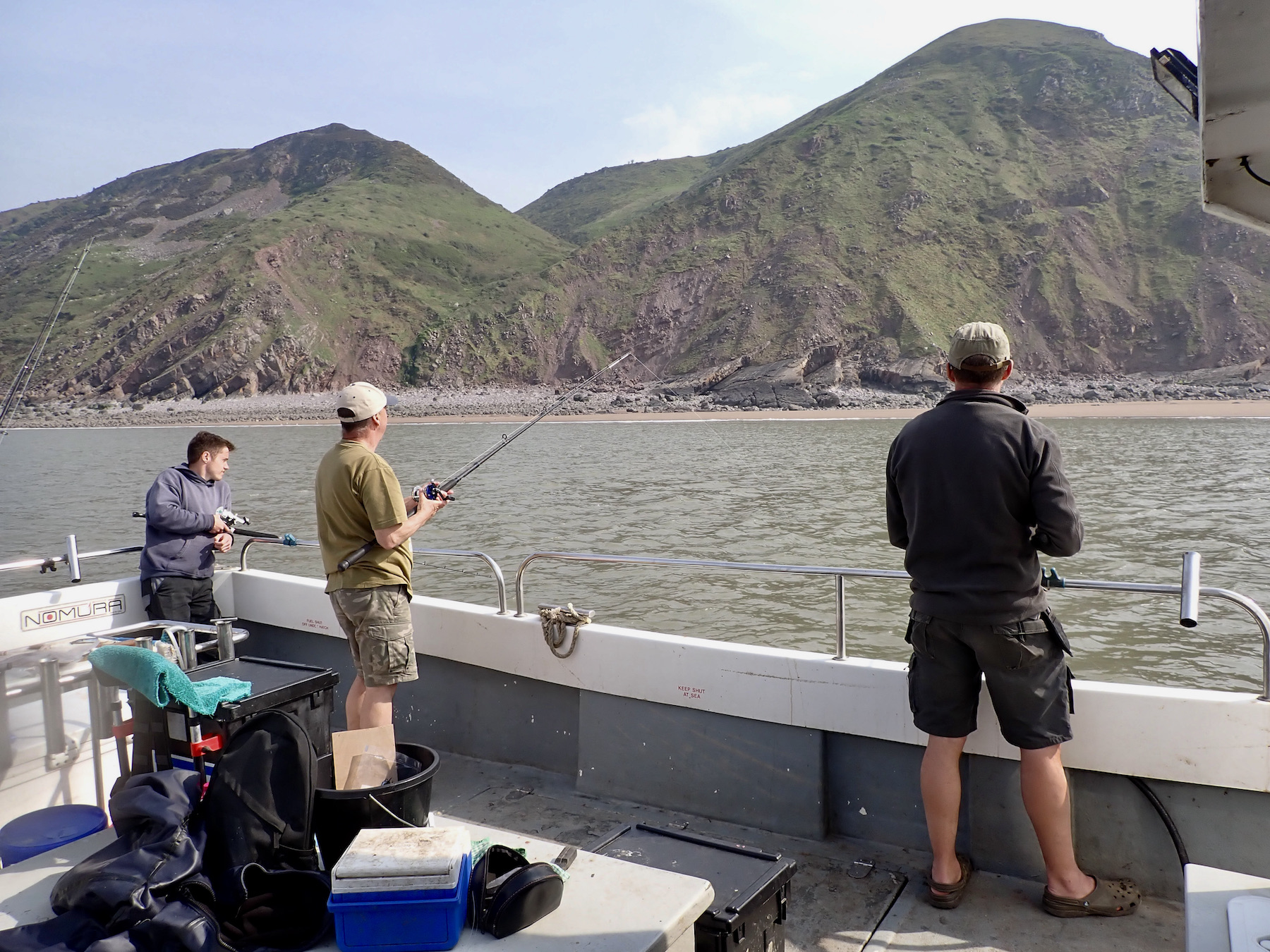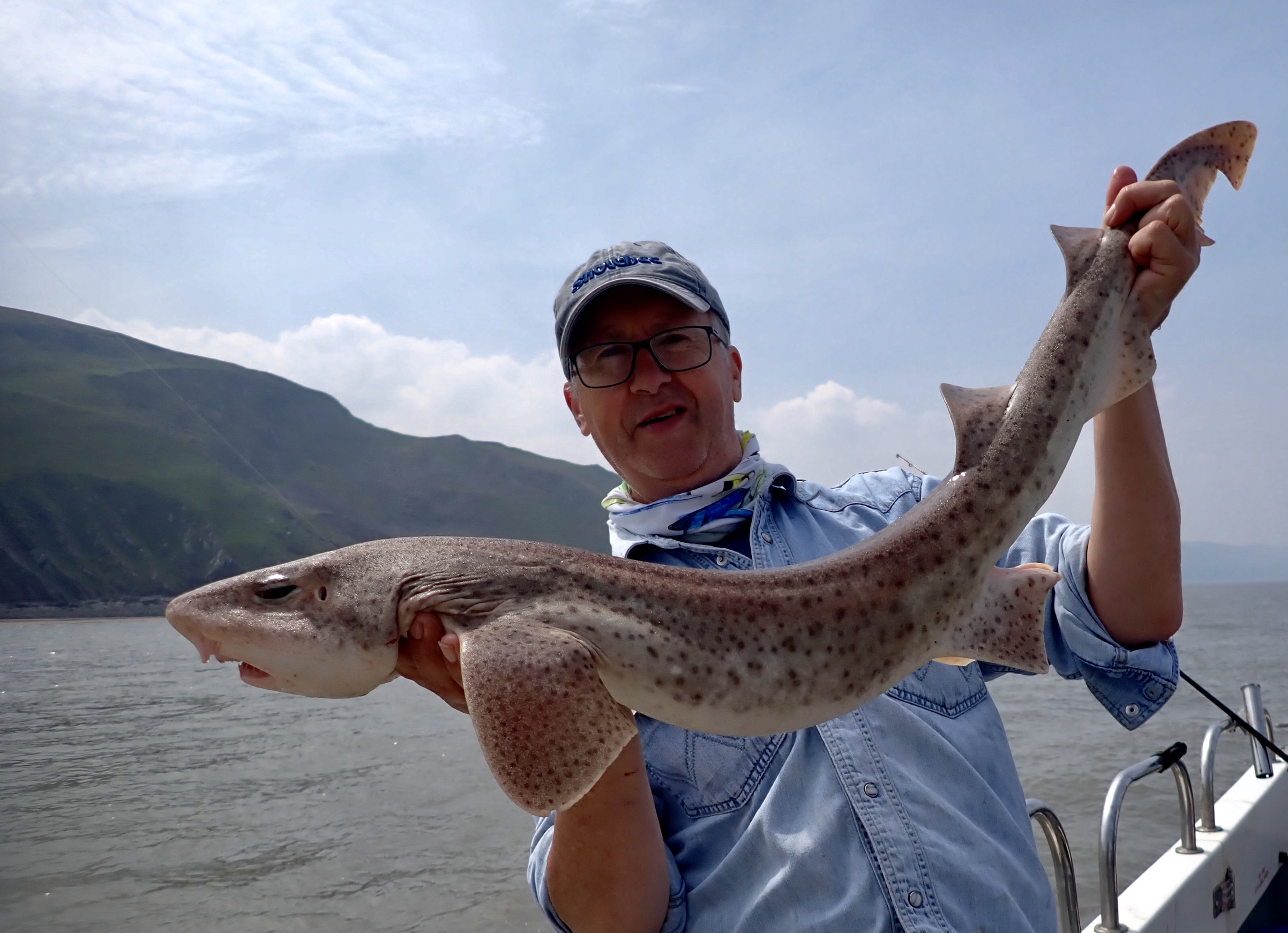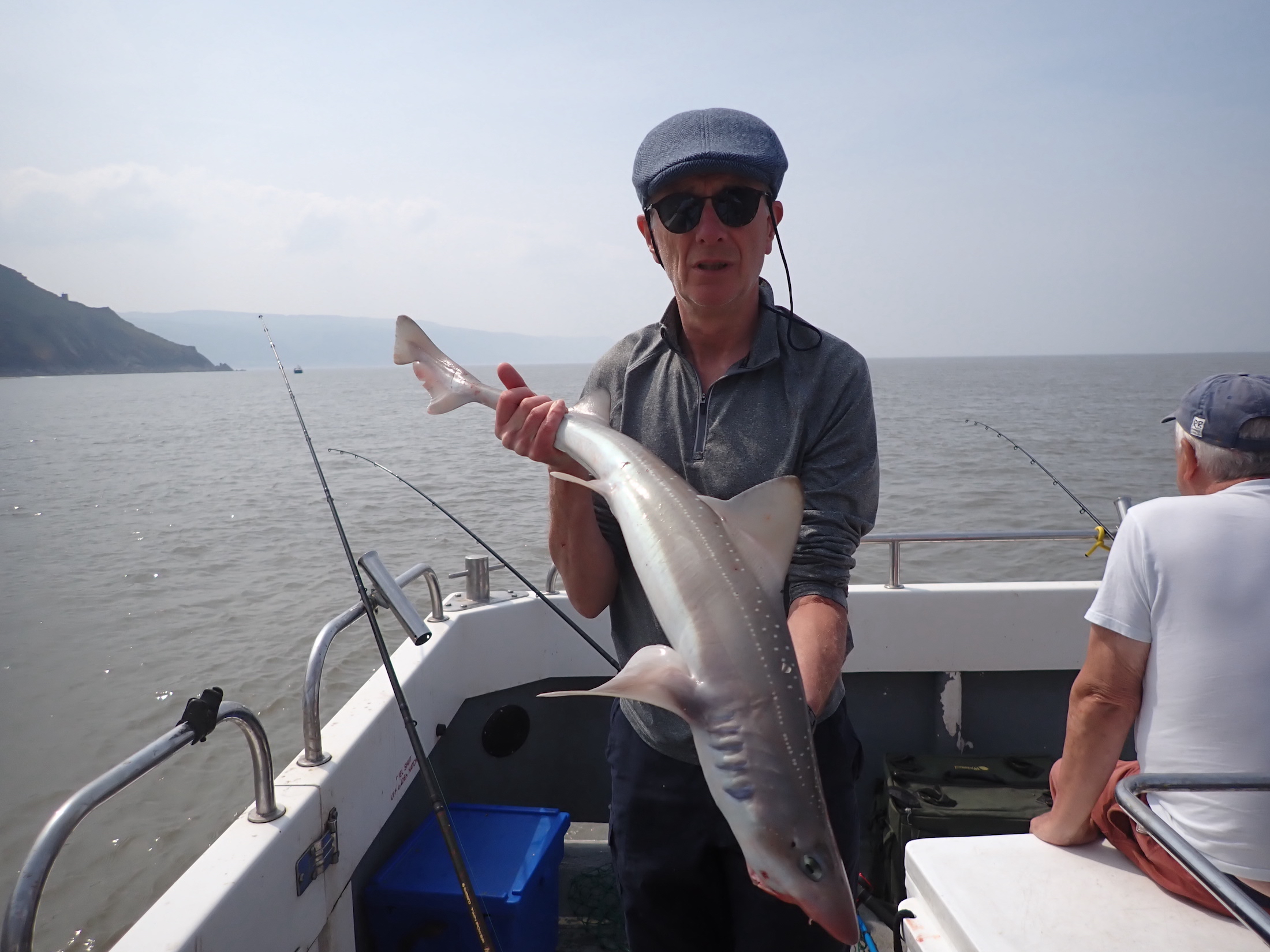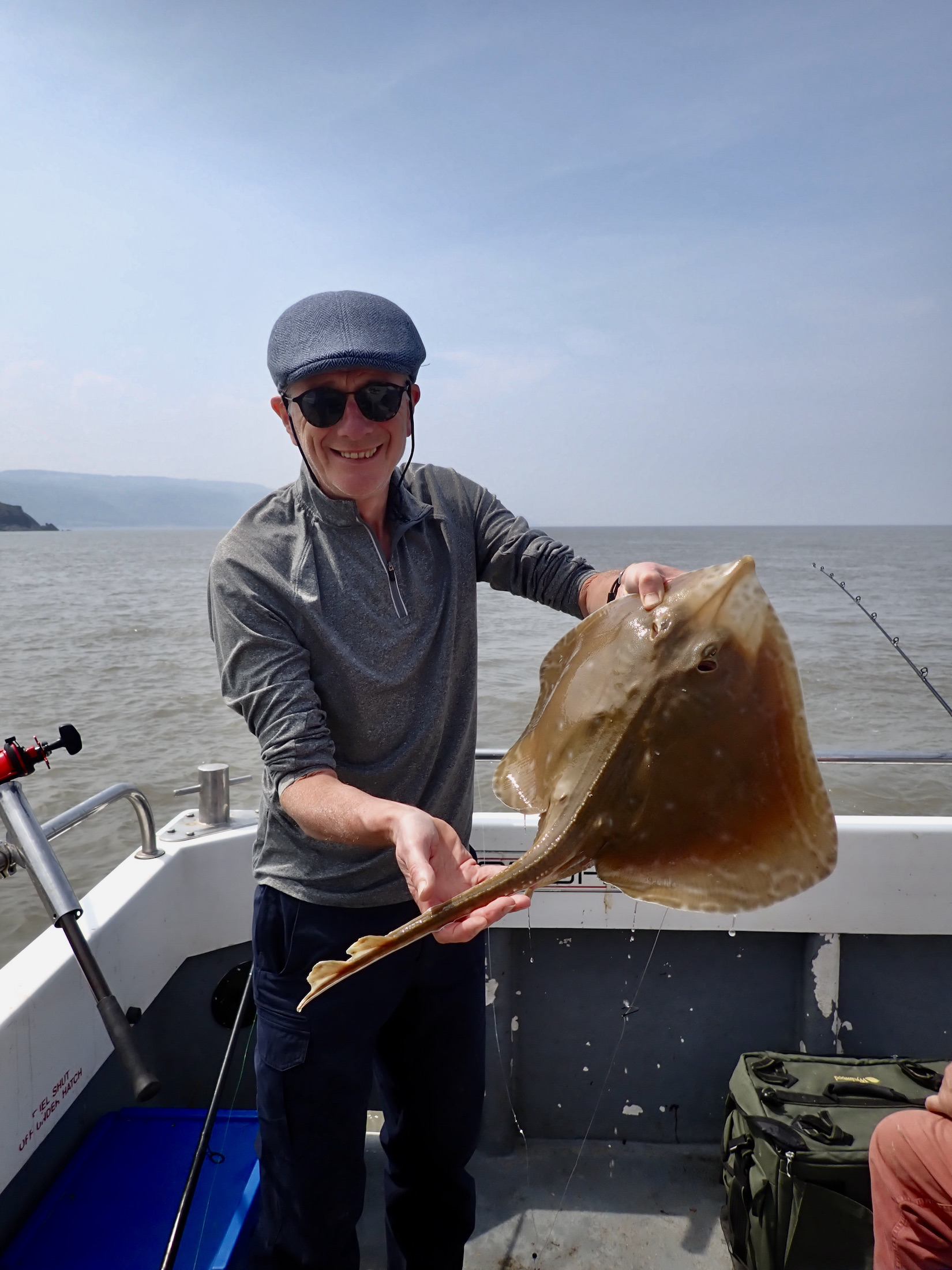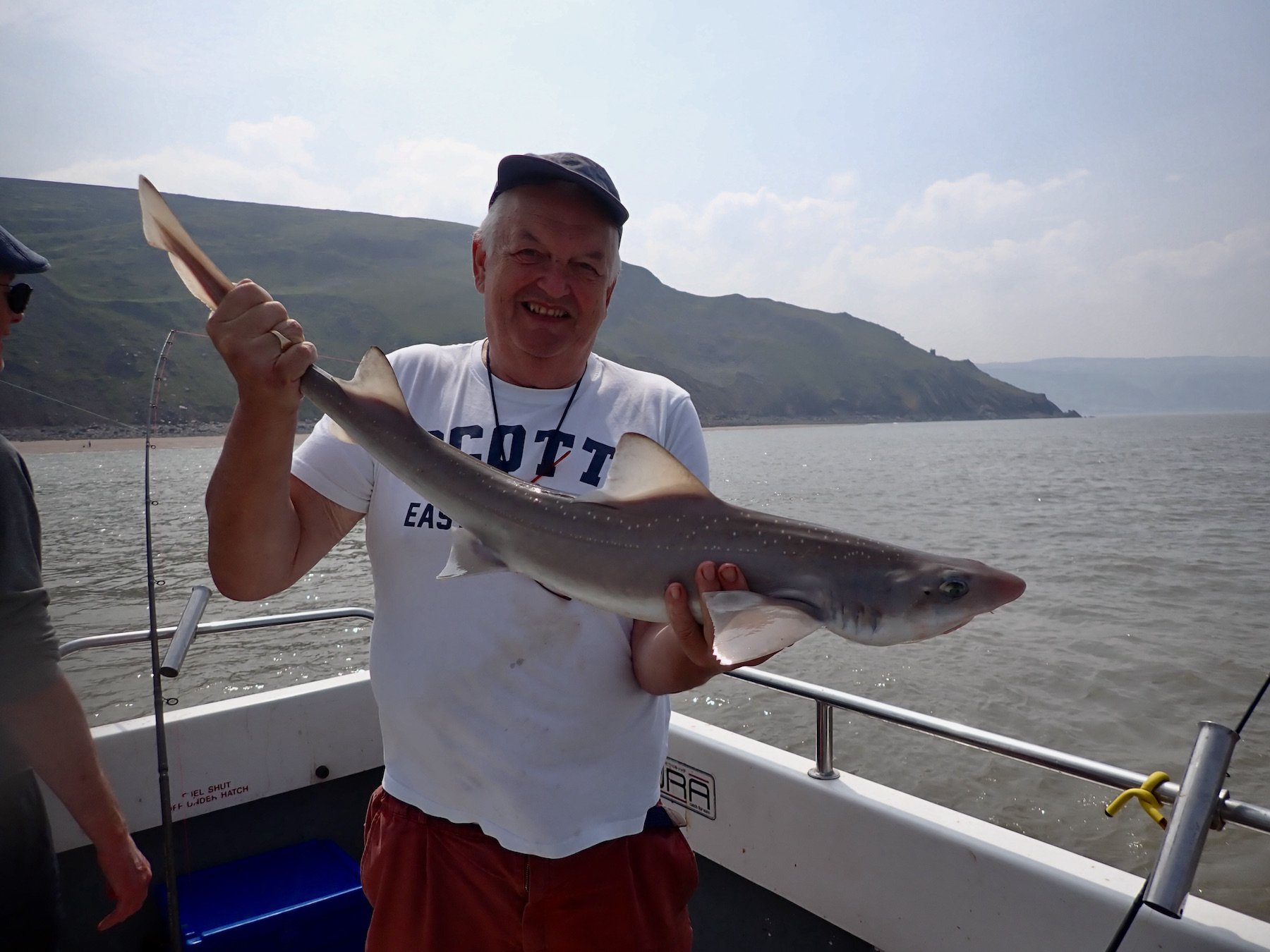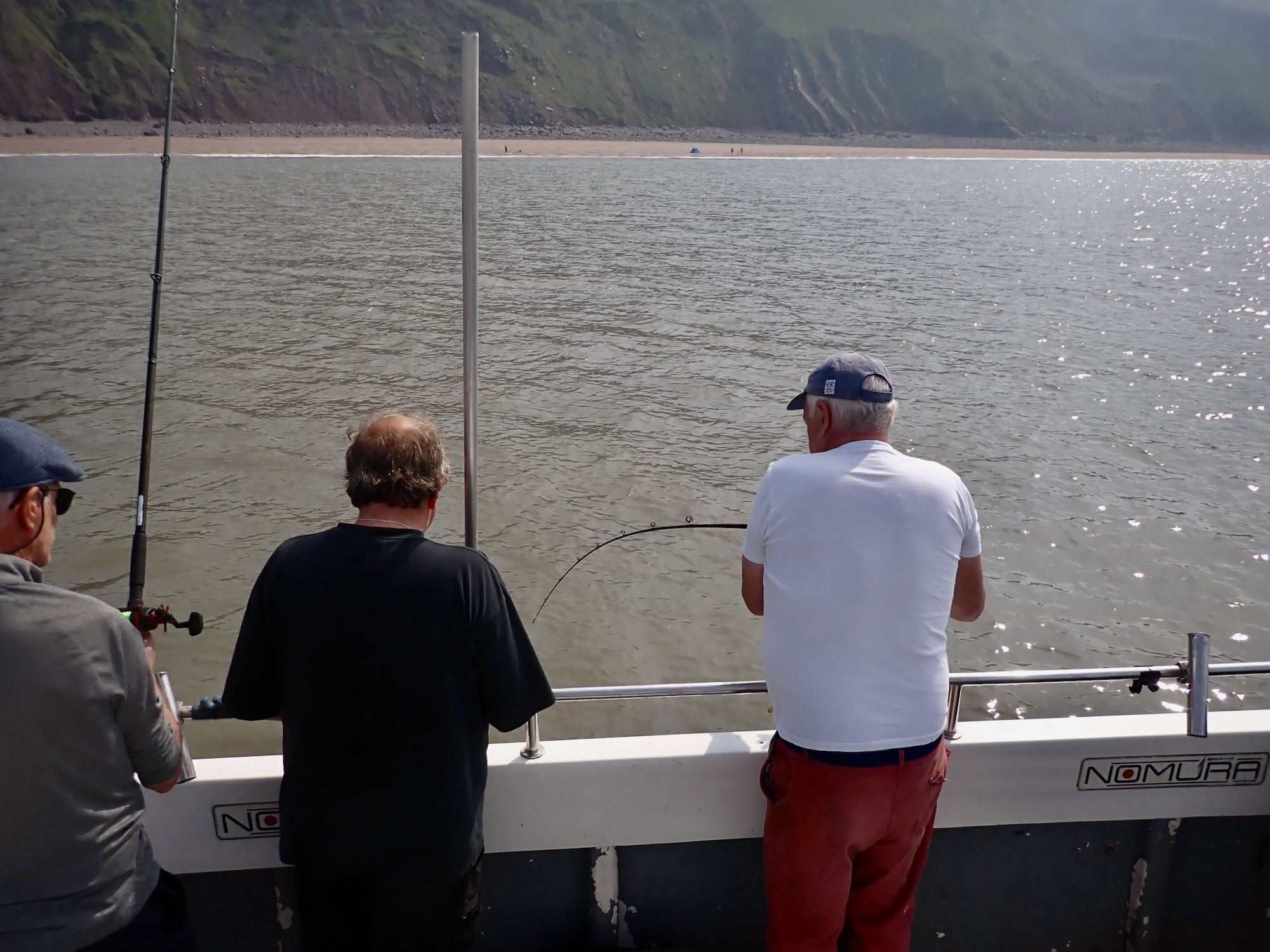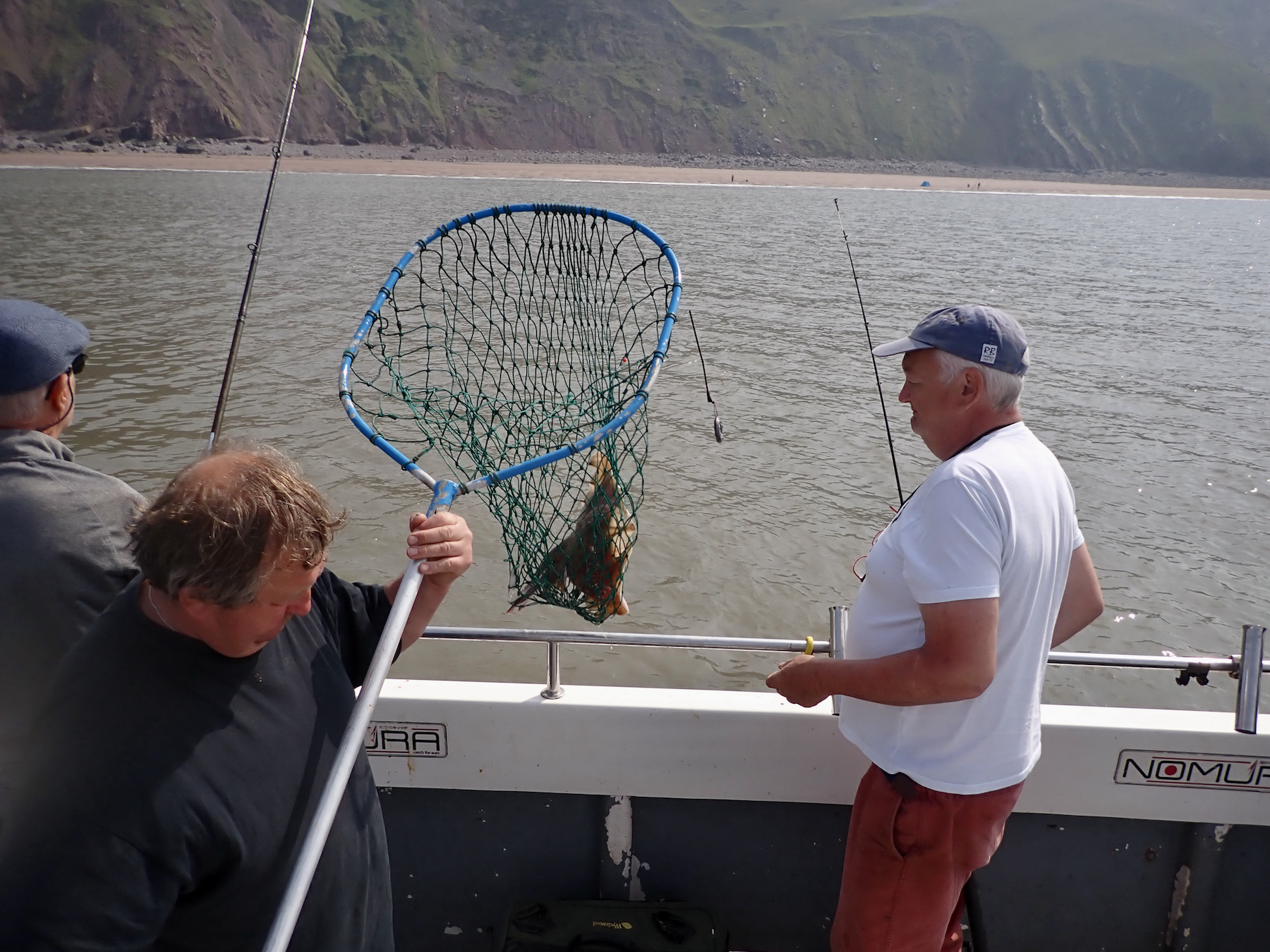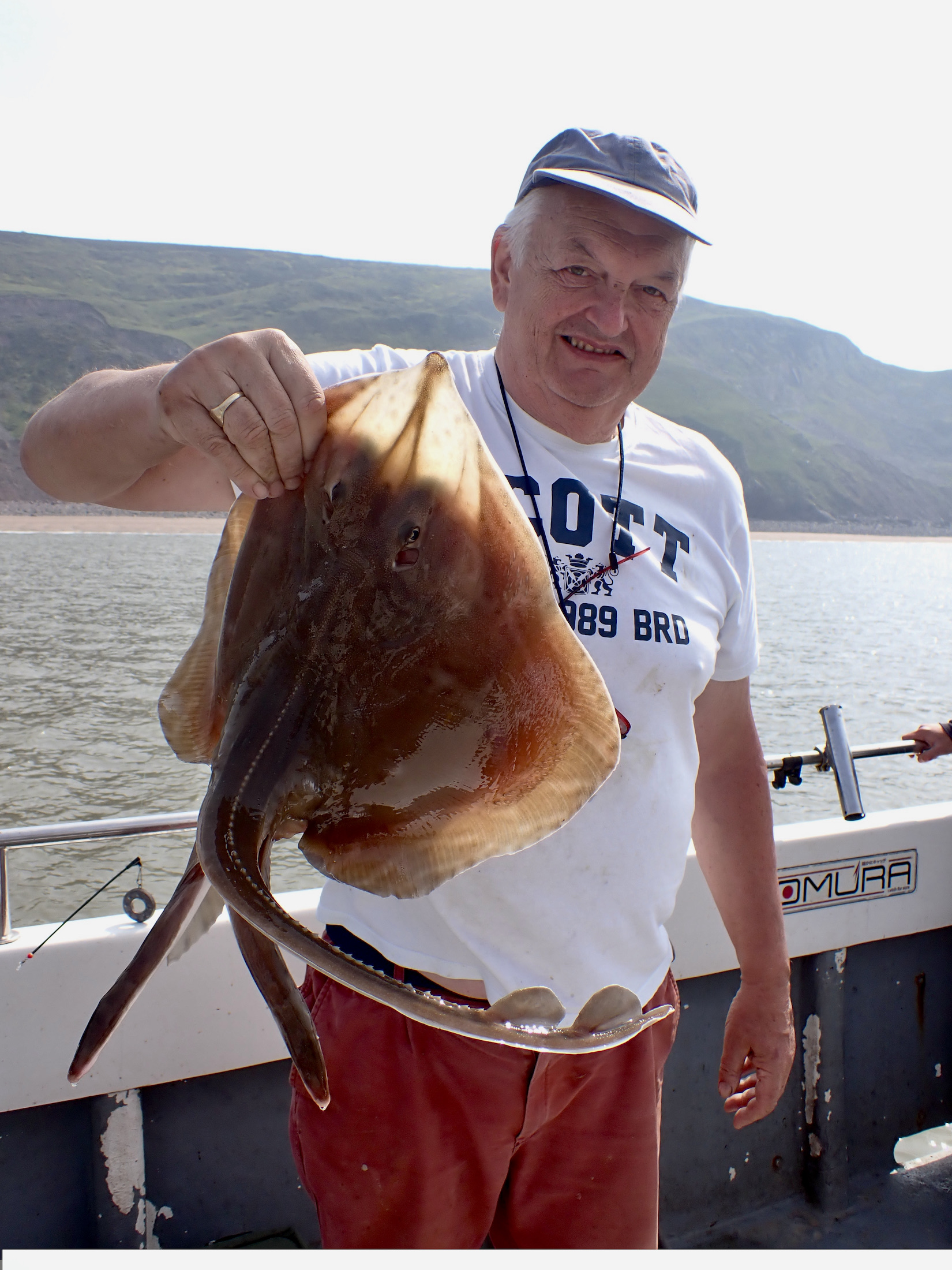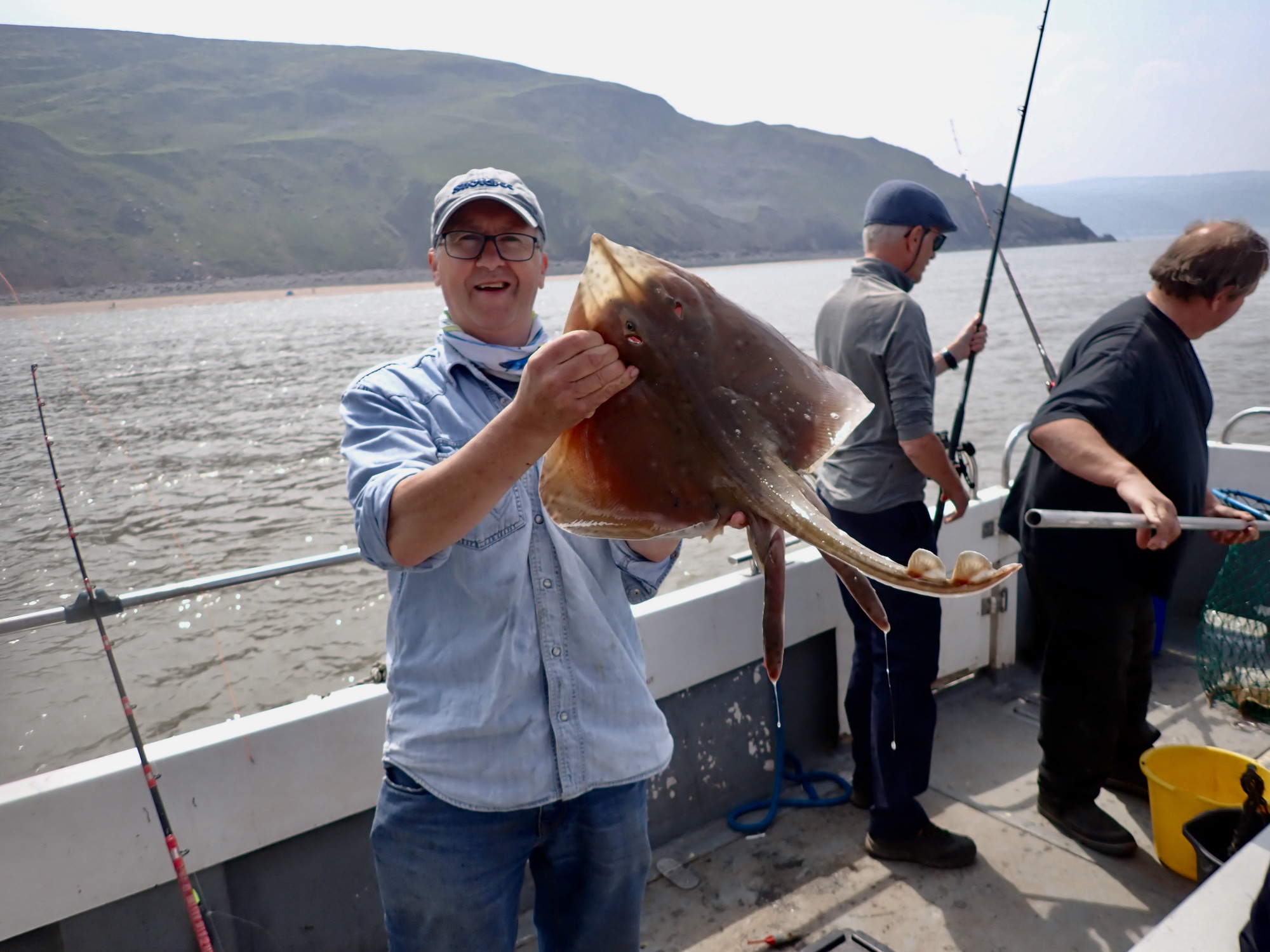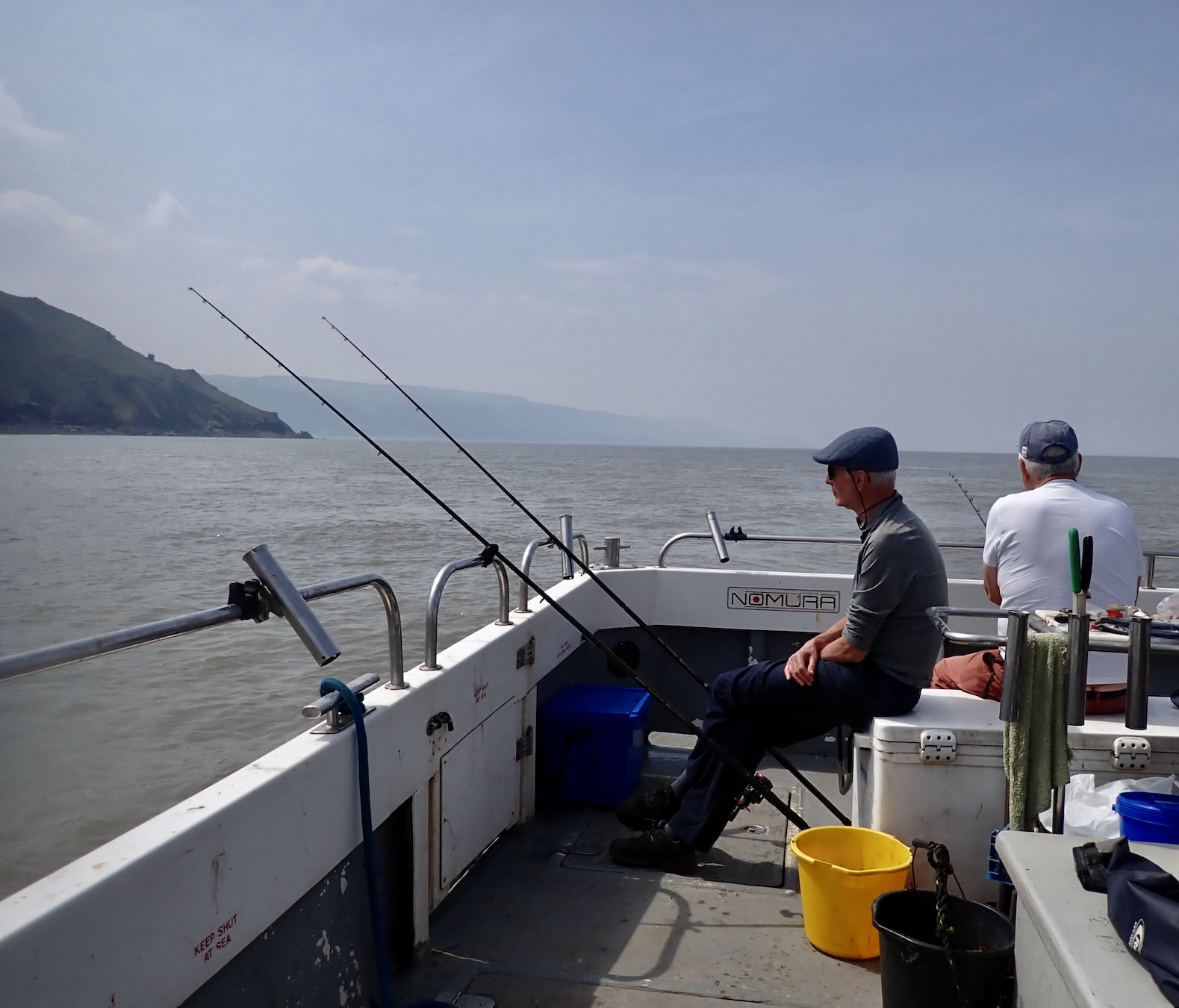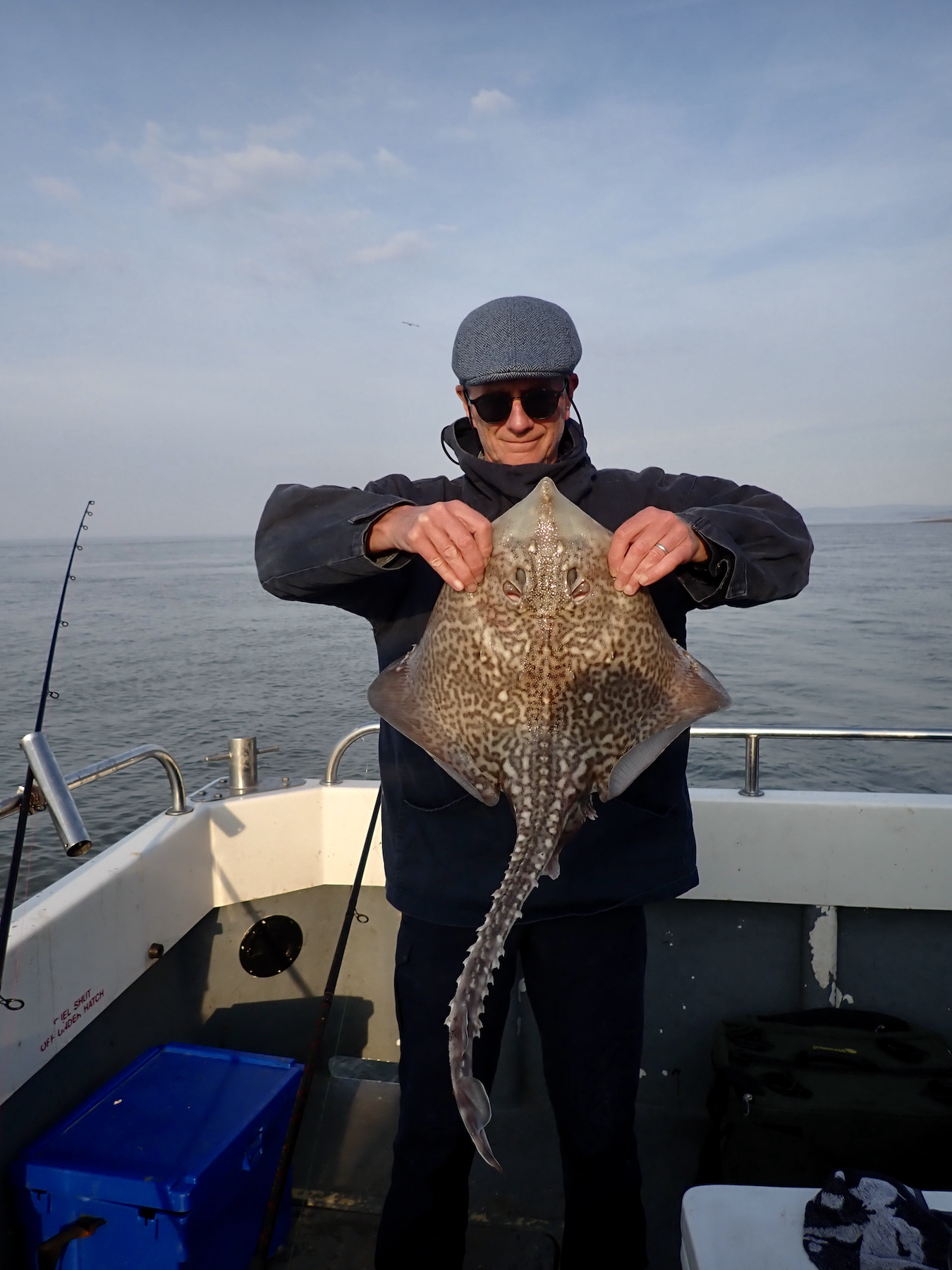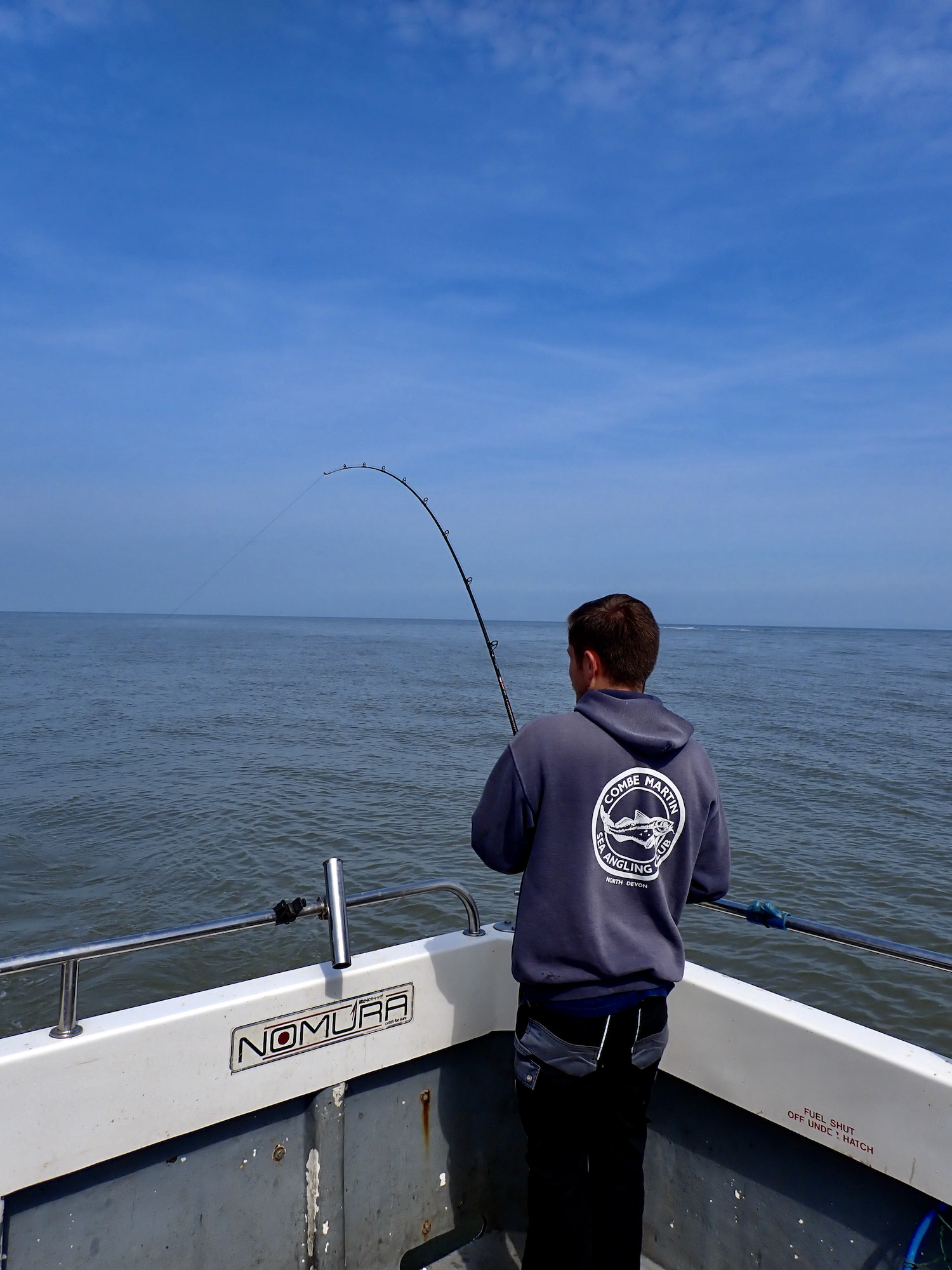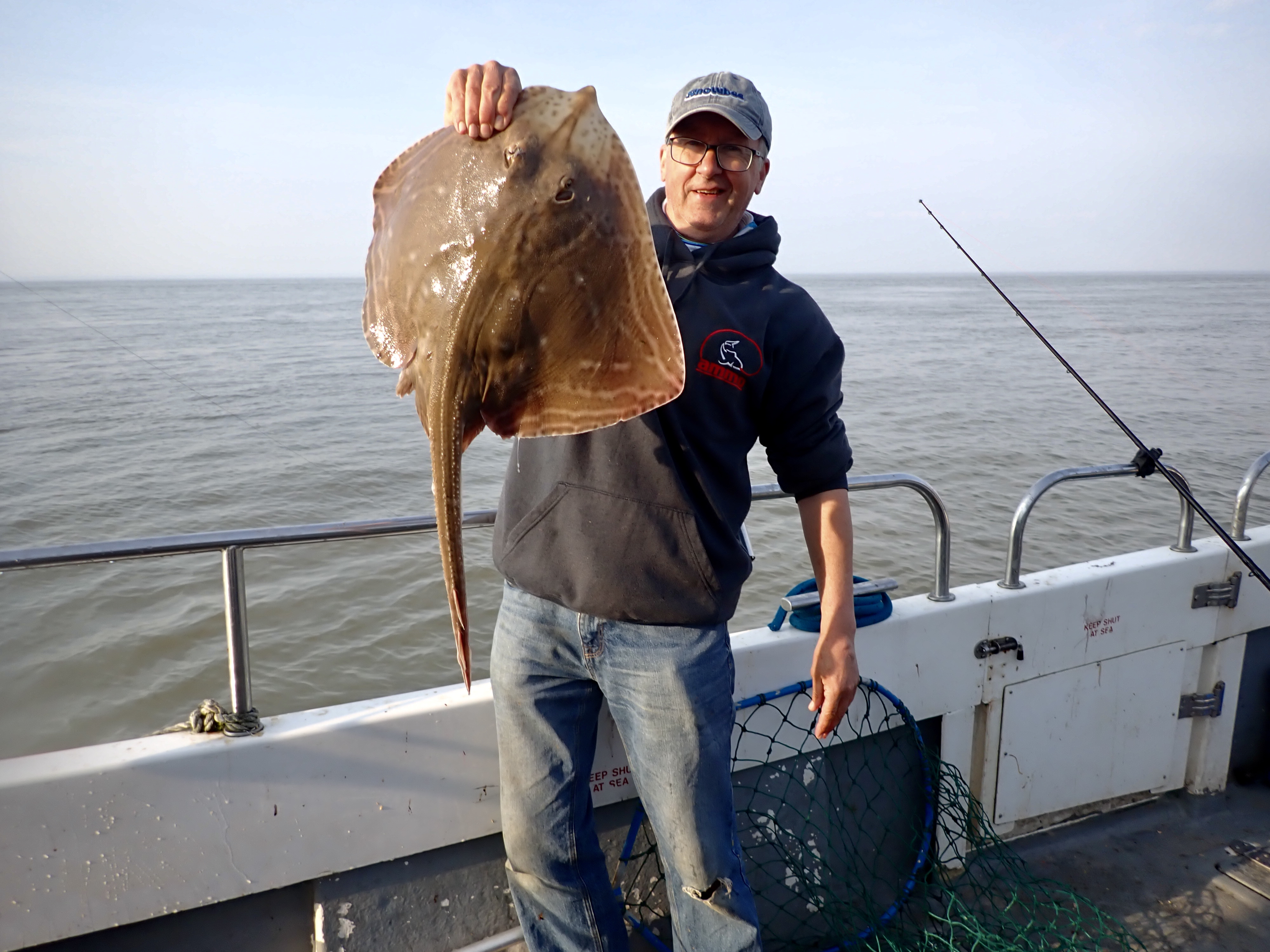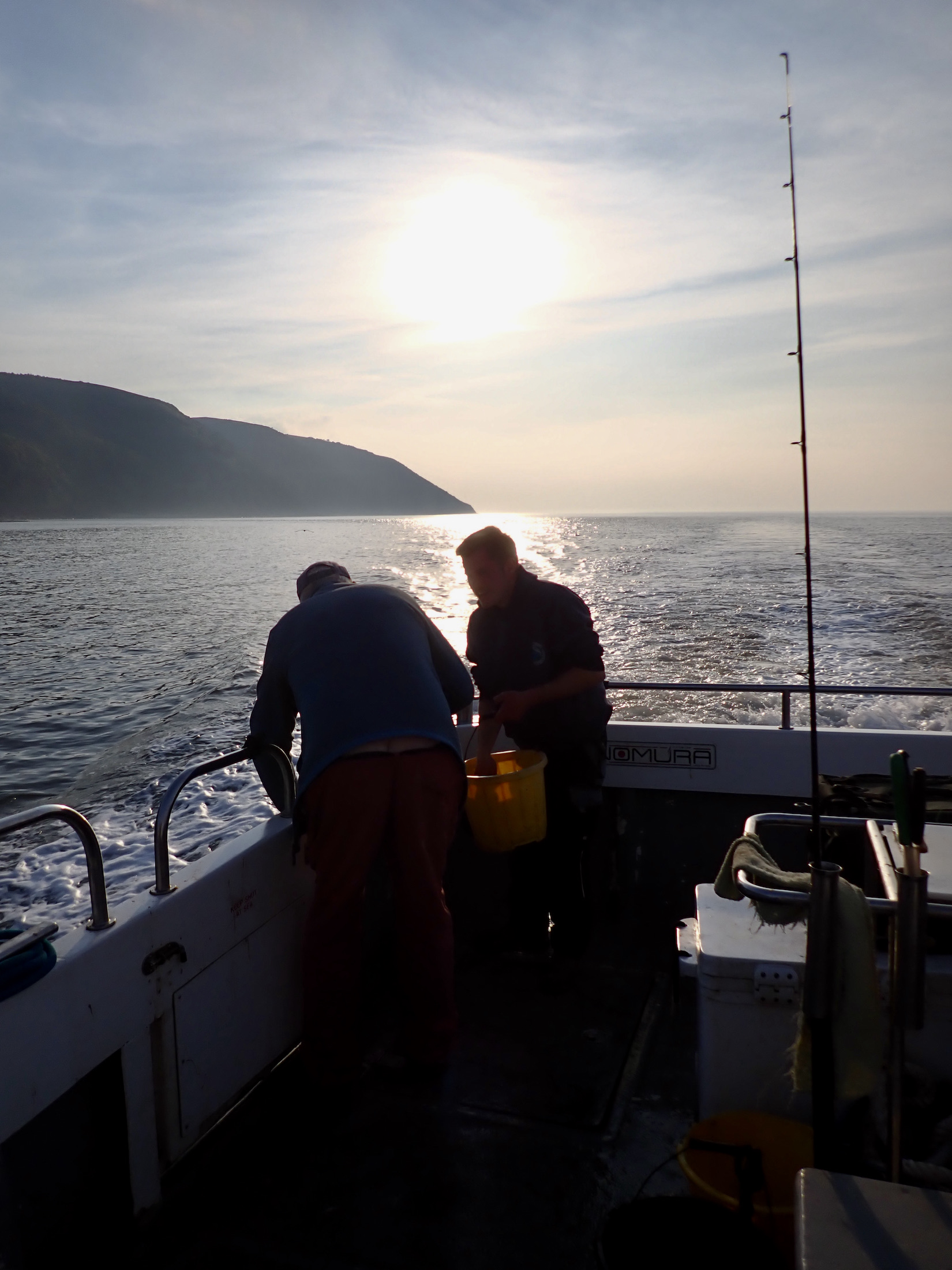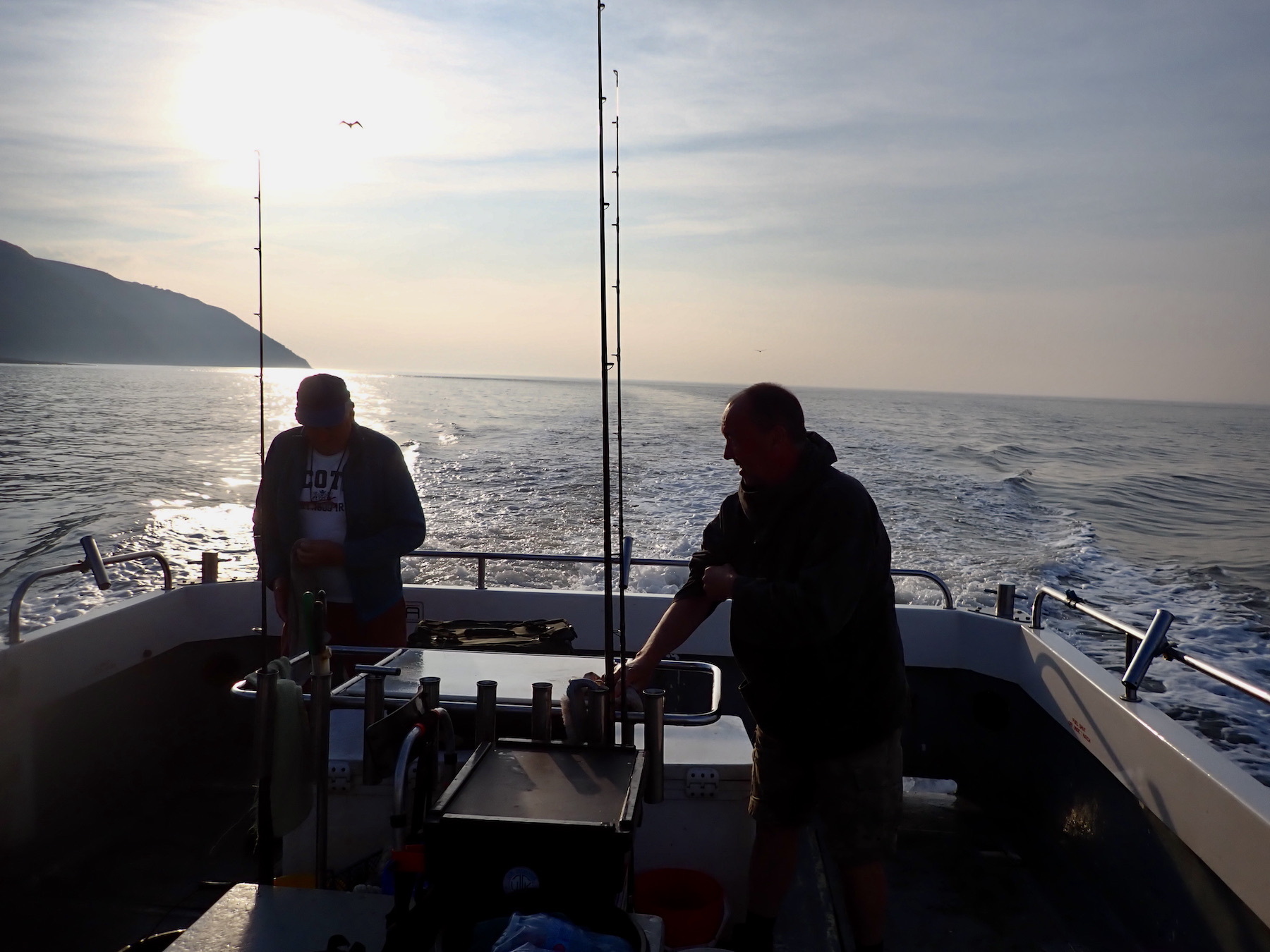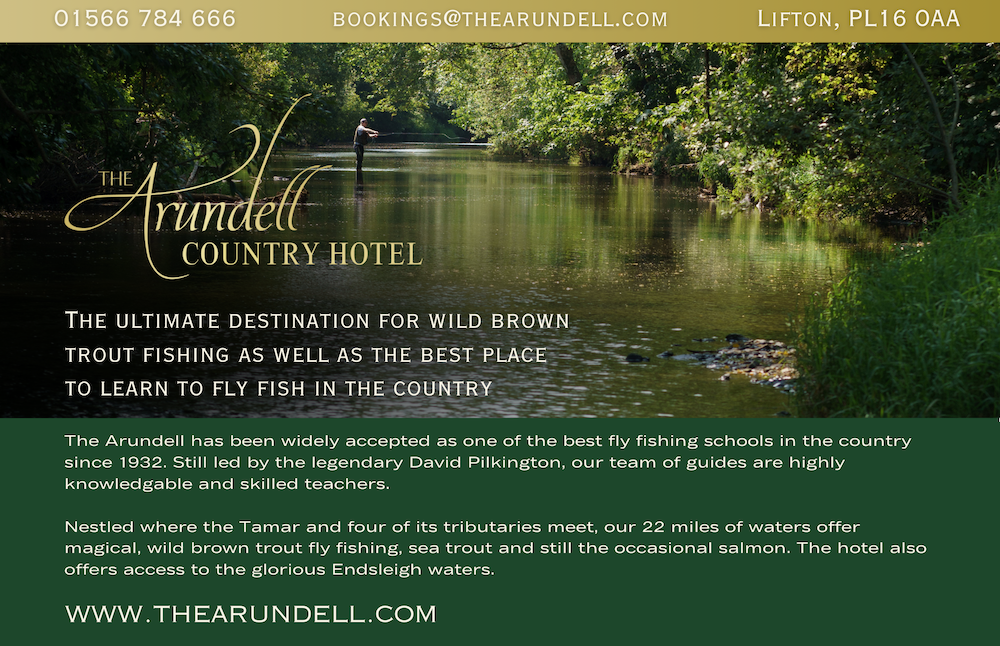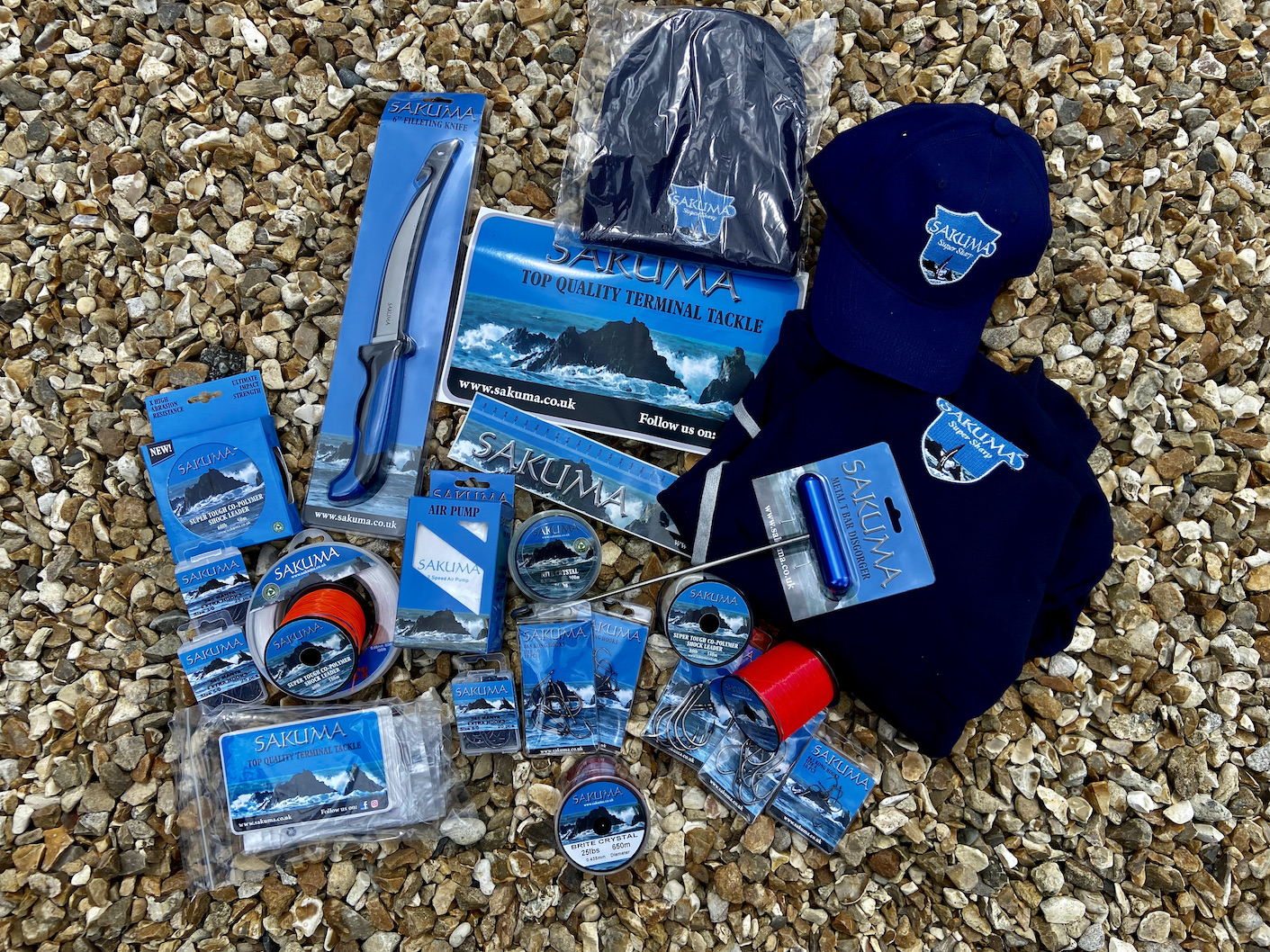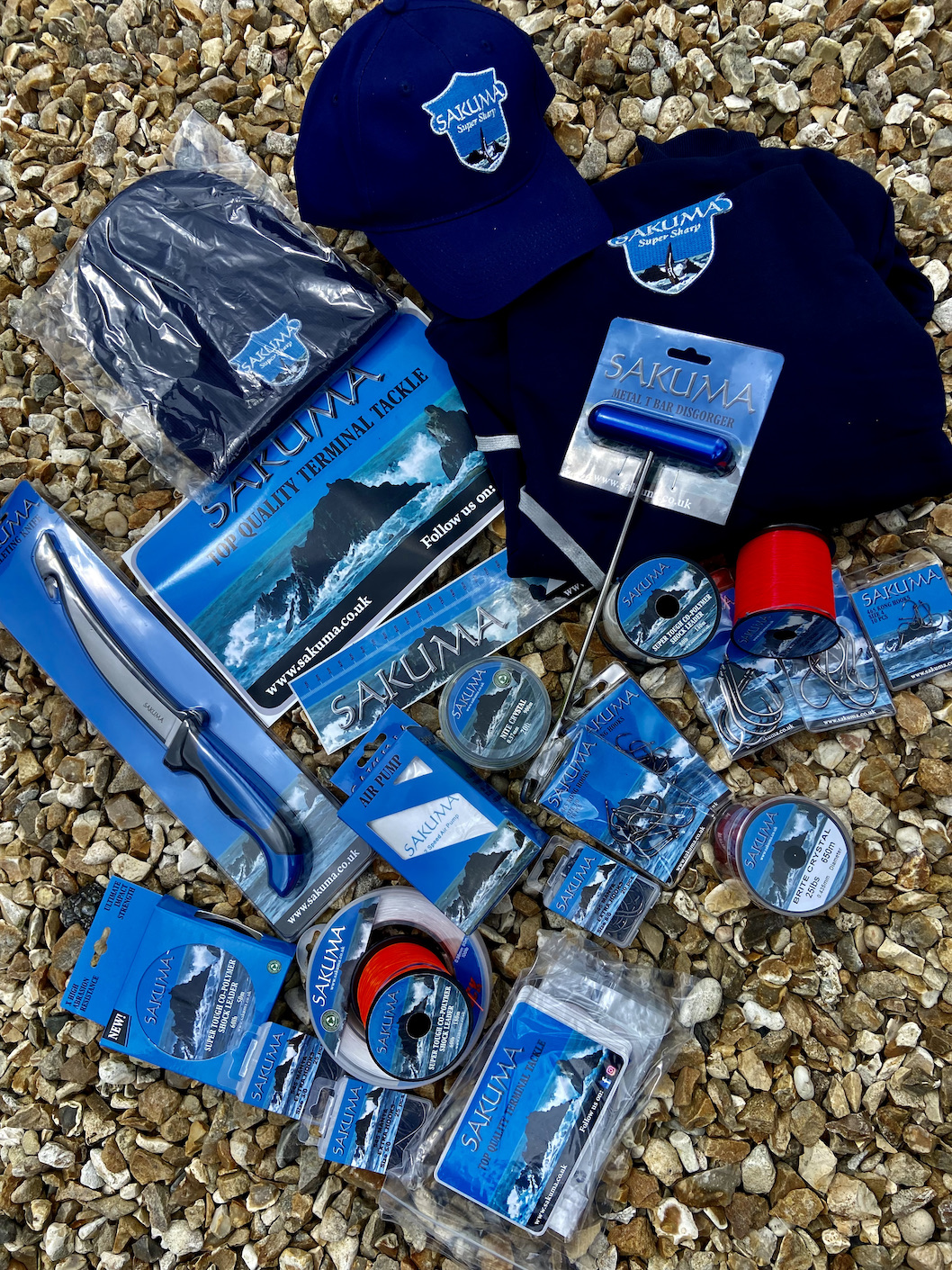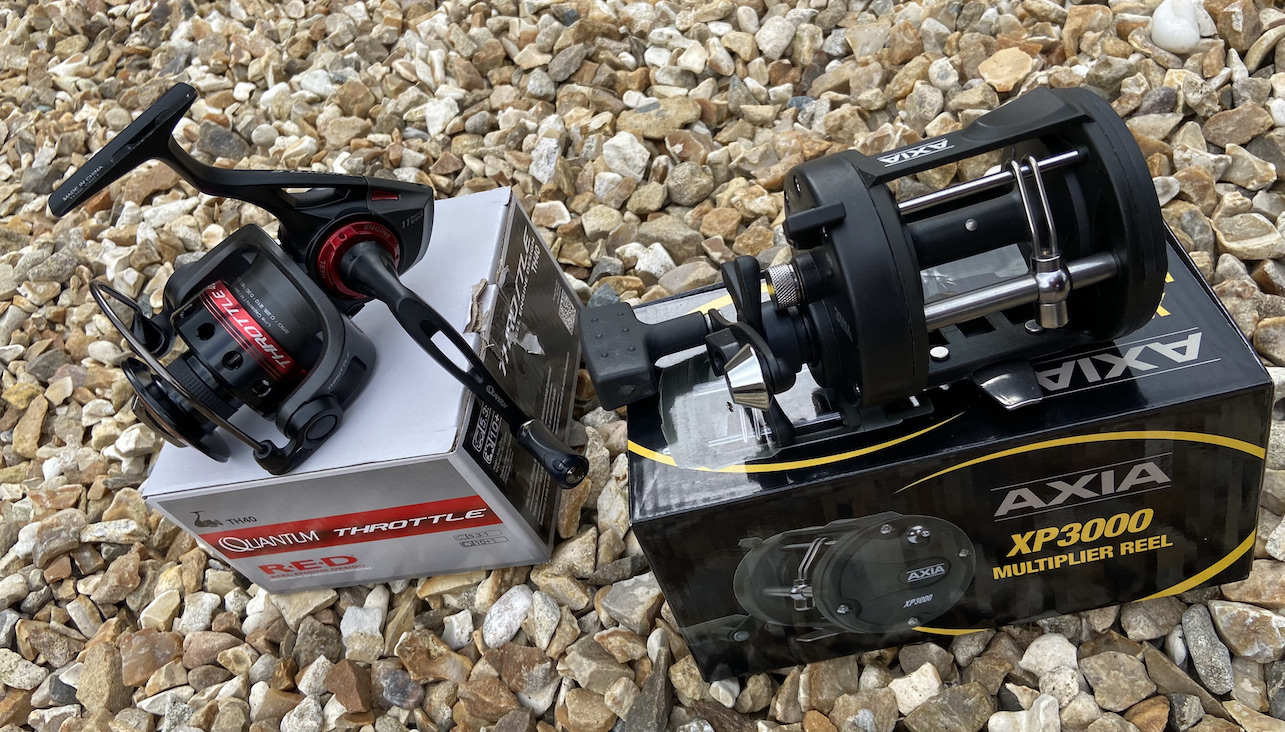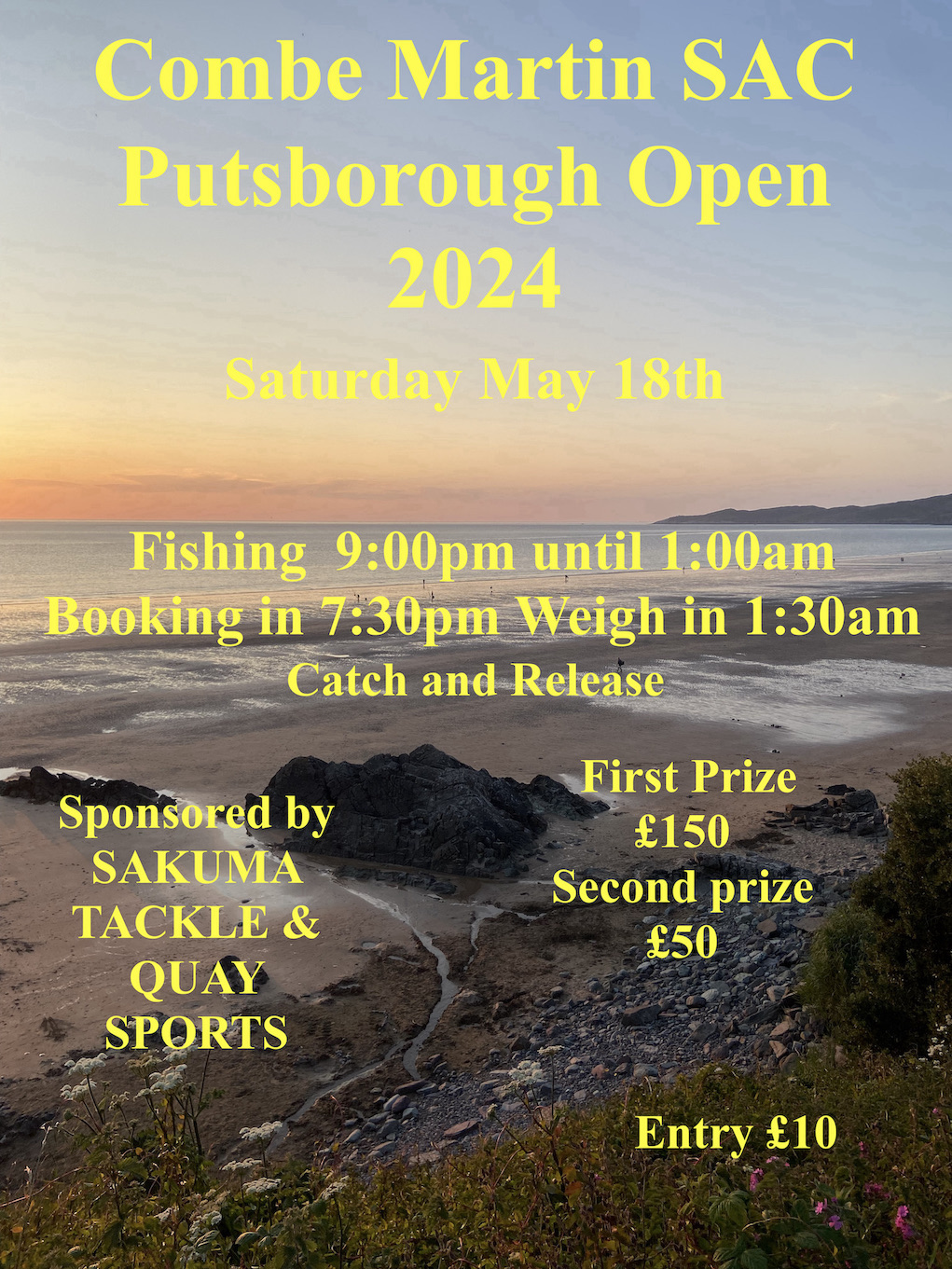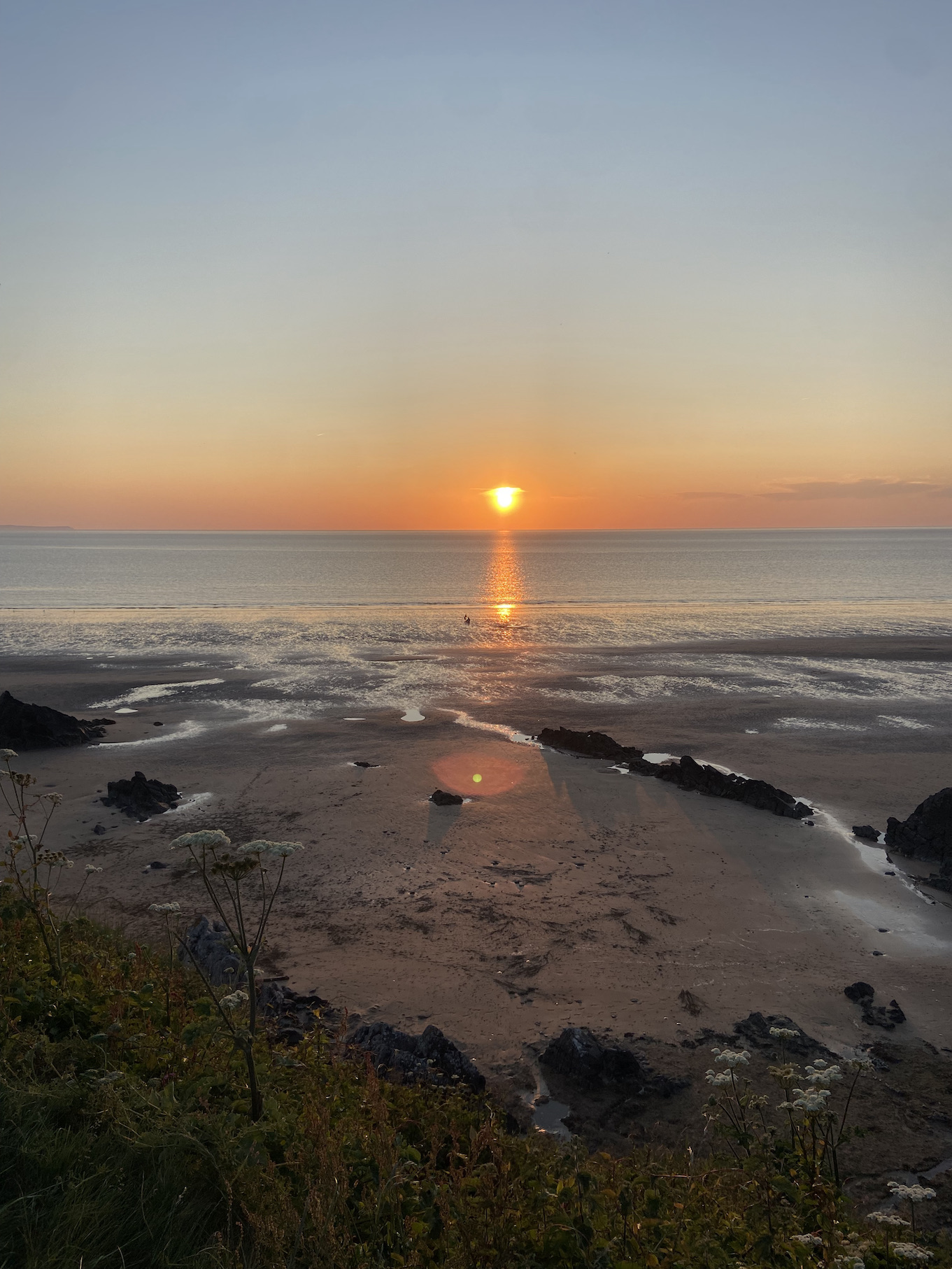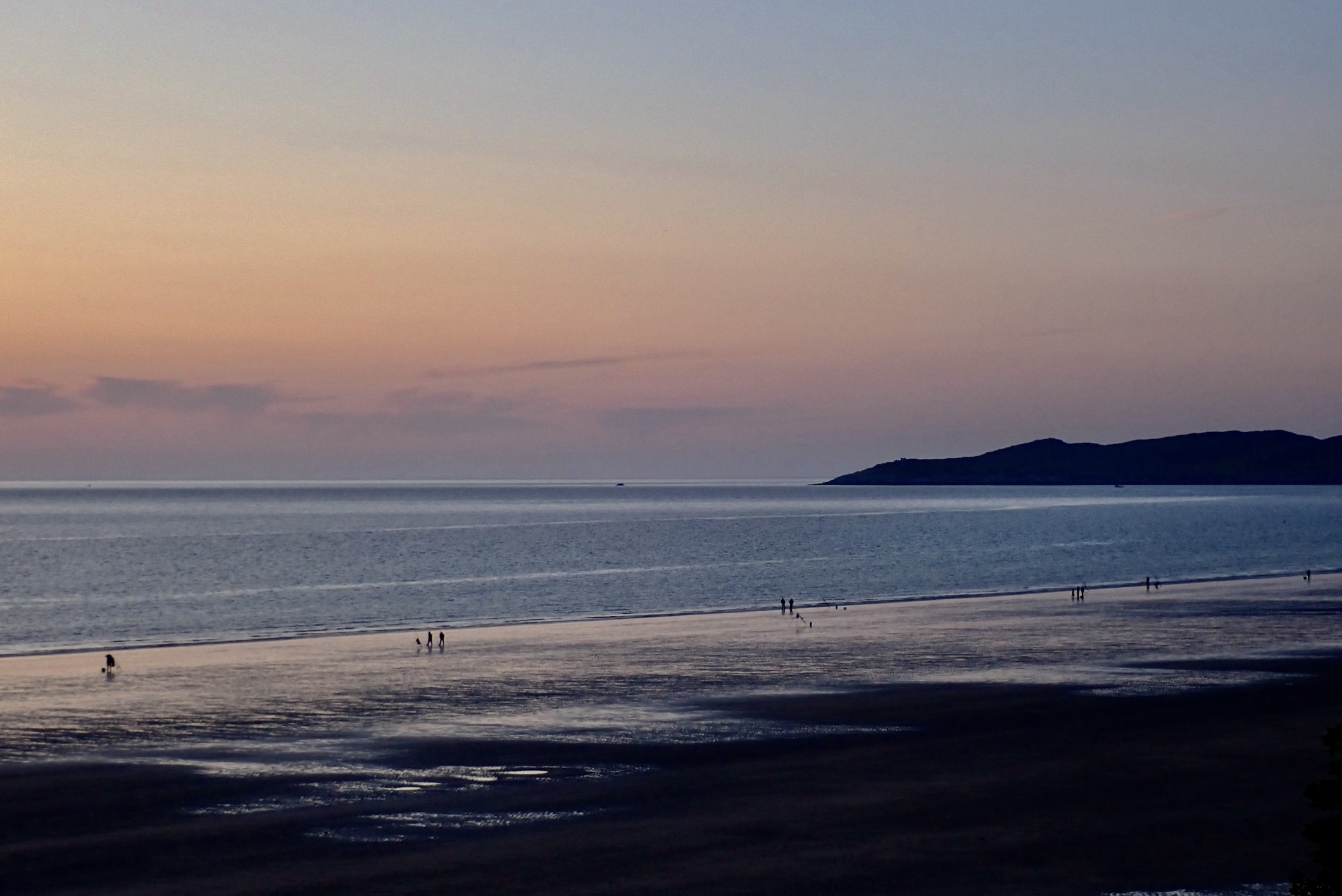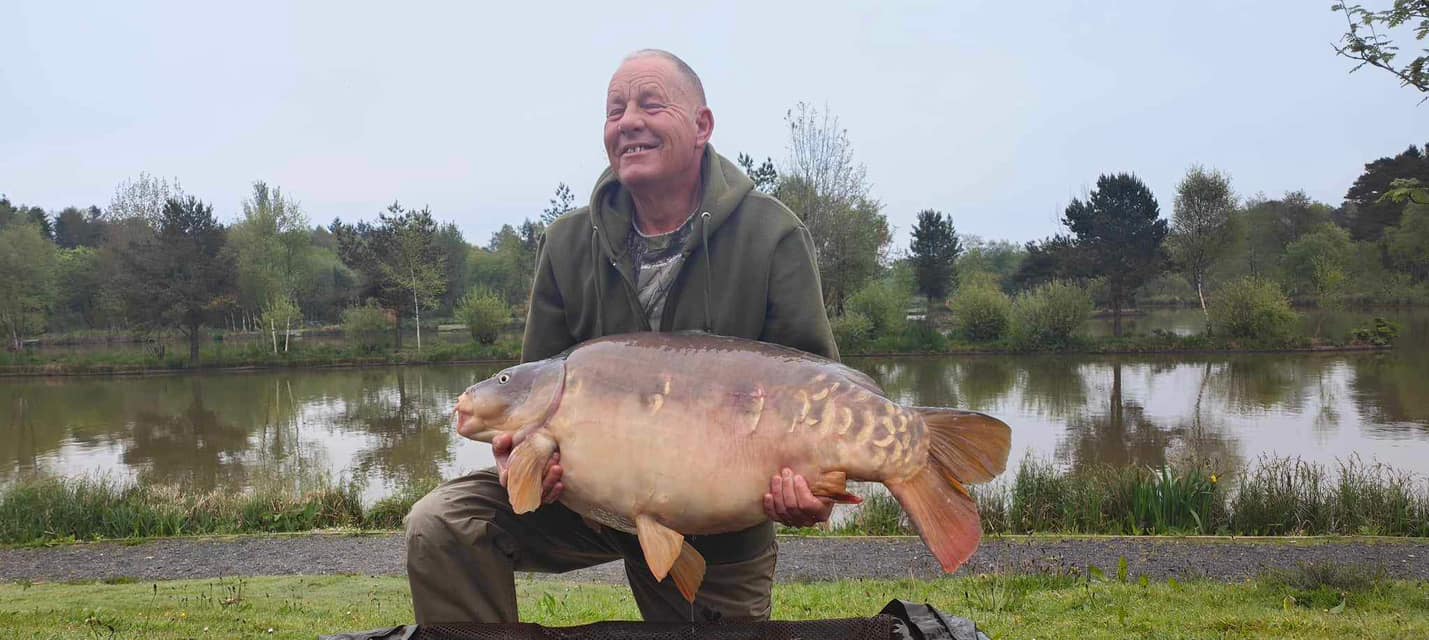May 2024
As the weather starts to warm, there has been an increase in insect activity, with fish eager to feed either on or below the surface; intermittent thunderstorms and heavy downpours of rain have resulted in some challenging days’ fishing, although this has meant that the reservoirs are still all at top level.
Fishing:
Kennick – Anglers averaged 3.5 fish per rod over the month, with fish well spread out around the lake. Bank anglers enjoyed slightly more success than the boats, with Clampitts, Smithacott, The Dam, The Lawns and Oak Tree Point being particularly popular locations. There were plenty of Hawthorn in the air, which, combined with Sedge and Buzzer hatches, meant that fish were eager to look up to feed, either at or near the surface. In addition to fish rising to dry Hawthorns, Sedges, Hoppers, Black Gnats and Buzzer Emergers on the surface, plenty of fish were taken on subsurface nymph patterns (Buzzers, Diawl Bachs, Damsels and Hares Ears), or deeper fished lures (Wooly Bugger, Black or Yellow Boobies, and Tequila Blobs). Alan Behan (from Plymouth) caught eight rainbows using an Orange Stalking Bug and Black Gnats, while Graham Read (from Christow) caught a bag of six rainbows.
Siblyback – Anglers averaged 4.8 fish per rod in May, with the catch rate improving as the month progressed. Stocky Bay, Two Meadows and the North Bank produced the best sport, and, with Hawthorns and beetles in the air and Buzzers hatching, there was plenty of dry fly action. Popular patterns included Hawthorns, Black Hoppers and Black Beetle patterns, with deeper-feeding fish taking Diawl Bachs, Buzzers, Damsel Nymphs, Montanas and the occasional Boobie. Floating lines with long leaders and a slow figure-of-eight retrieve proved to be the most successful method. Martin Stevens (from Liskeard) caught a bag of seven rainbows (six on dry patterns), while Alex Jackson (from Tiverton) caught a bag of twelve rainbows – fish coming up to dry patterns, with very subtle takes in a cool breeze. The Snowbee Bank Teams of Four competition on 4th May was won by Mark Damarell, Graham Johns, Paul Nottle and Jed Stone, with a bag of 24 fish weighing in at 34lb 9oz.

Burrator – The fishing tailed off slightly from last month at Burrator, with anglers averaging 2.1 fish per rod. Fish were found at all depths in the water column, with floating, intermediate and sinking lines all catching fish. Longstone Bank and Point, Pig Trough and Lowery Bank all produced fish, and with midges hatching, Buzzer Emergers and Hoppers took surface-feeders, while deeper fish were caught on Damsel Nymphs, Buzzers, Black Tadpoles, Orange Blobs and Green Fritz. Harry Duggan caught three rainbows, including a personal best and current season record with a fish of 4lb 4oz, using a stripped Orange Blob while fishing by Sheepstor Dam.

Stithians – The excellent sport at Stithians continued throughout May, with anglers averaging 3.7 fish per rod. Fish were well spread out around the lake, and, with Hawthorns being blown onto the water, there was plenty of dry fly action to be had, with anglers catching on Hawthorns, Black Gnats, Hoppers, Bob’s Bits, Klinkhammers and emerger patterns. Deeper feeding fish were caught on Black and Green Buzzers, Hares Ears, Spiders, Montanas, Cormorants and Orange Blobs. Nigel Burley (from Truro) caught a bag of eight rainbows; Steve Fuller (from Camborne) caught twelve rainbows to 2lb, as well as a Brown, using a self-tied Hawthorn variant and a Griffiths Gnat/Shipmans Buzzer hybrid, fished both stationary and pulled through the surface ripple.
Fernworthy – The warmer weather brought an improvement in the fishing, with anglers averaging 4.1 fish per rod, plenty of which were caught on dry patterns, as fish were eager to feed on the abundant beetles, Hawthorns and emerging midges – Black Hoppers, Black Ants, Black Gnats, Klinkhammers, Hawthorns and Black Sedge patterns fished on a floating line all caught well. Sub-surface feeders were mostly caught on Buzzers, Montanas and Pheasant Tail Nymphs. Popular locations included Boathouse Bank, Thornworthy, Potters Bank and Lawton Bay. Daniel Robson (from Tavistock) caught eight browns to 1lb 4oz, with the best results in the late afternoon; Mark Mcilwane (from Bishopsteignton) caught eleven browns to 1lb 8oz, using a dry Hopper cast to fish feeding on terrestrials.

Colliford – Anglers averaged 3.9 fish over the month, and with Hawthorns in the air, many fish were taken on dry patterns (Bob’s Bits, Hawthorns, Foam Beetles and Claret Hoppers). Other successful patterns included Black Cruncher, Bloodworm, Soldier Palmer, Bibio, Zonker and White-Tailed Zulu. Fish were well spread out around the banks, with the most successful anglers keeping on the move to cover as much bank as possible. Allan Lawson (from Plymouth) caught a bag of eleven browns, with fish taking a Claret Hopper around the bank at Fishery Hut Bay. Dean Boucher (from Gunnislake) caught thirteen browns in one session, pulling wet flies (most takes were on the lift at the end of the retrieve), using Soldier Palmer, Zulu and Zonker patterns, while his best fish of the day (at fifteen inches) took a White-Tailed Zulu.
Roadford – The fishing improved towards the end of the month, by which time anglers were averaging 4.8 fish per rod, with the best fishing to be had at Gaddacombe and the East Bank. Floating lines were the order of the day, with a variety of retrieval methods. Rodney Wevill (from Lifton) caught seven browns to 2lb, using Soldier Palmer, Mini Scruffy Tiger and Beaded Blue Zulu patterns on a floating line with a medium retrieve. Alex Jackson (from Tiverton) caught seven browns to 2lb, using an Olive Damsel on the point, and a Soldier Palmer fished on the dropper.
Please see the Trust’s website (www.swlakestrust.org.uk/trout-fishing) for more information on buying tickets, boat availability and booking, and forthcoming events. The Trust will be offering beginners’ taster days at Roadford, Burrator, Stithians and Kennick throughout the season, assisted by local experienced guides and instructors. The Trust, in conjunction with Fluff Chuckers, will be running a Brown Trout Masters competition this season, to be held over three dates at Colliford, Fernworthy, and Roadford – please see the website for more information.
Chris Hall (May 2024)
ENDS
For more information, please contact:
Becky Moran
Head of Communications and Marketing
South West Lakes Trust
01566 771930


